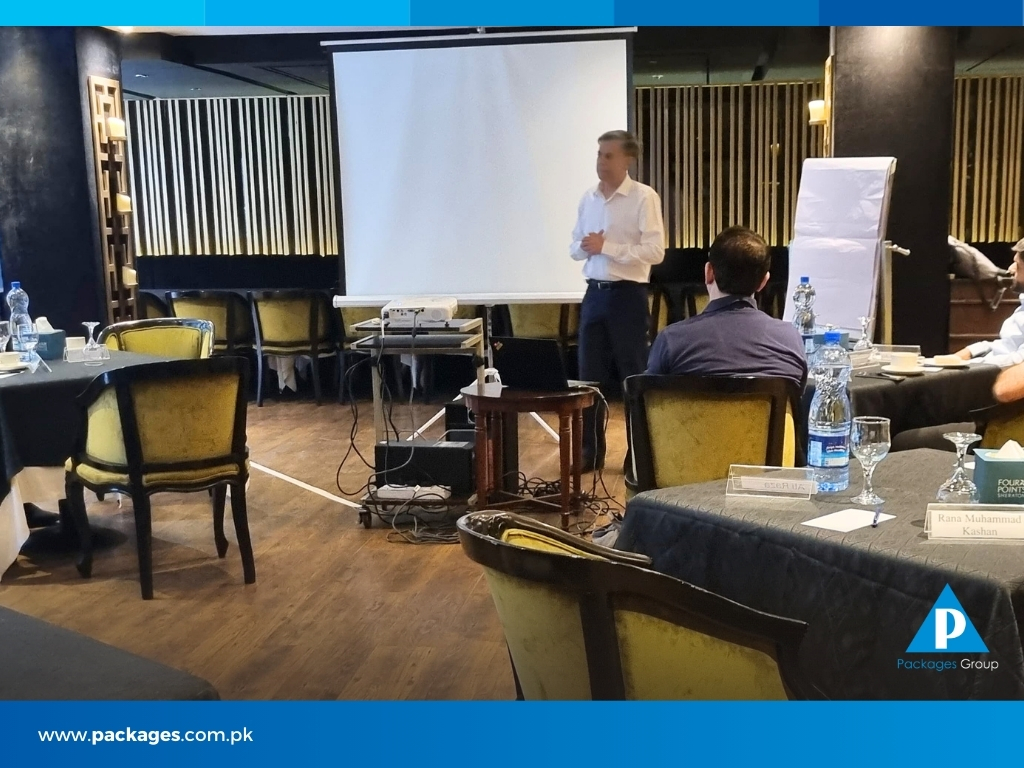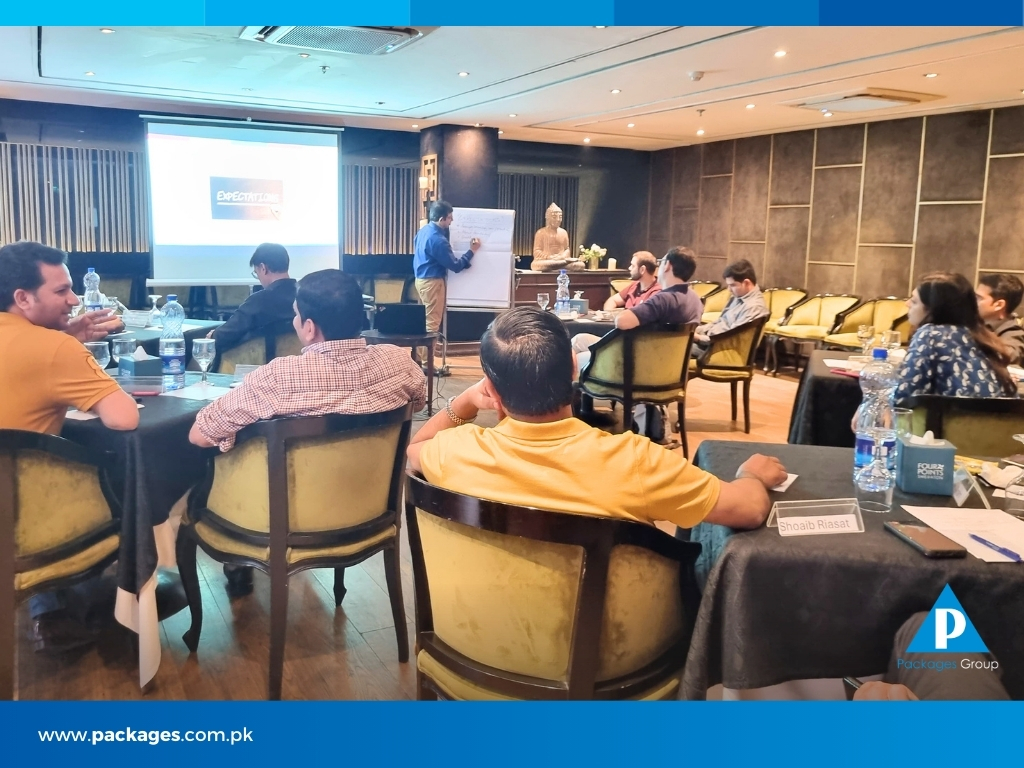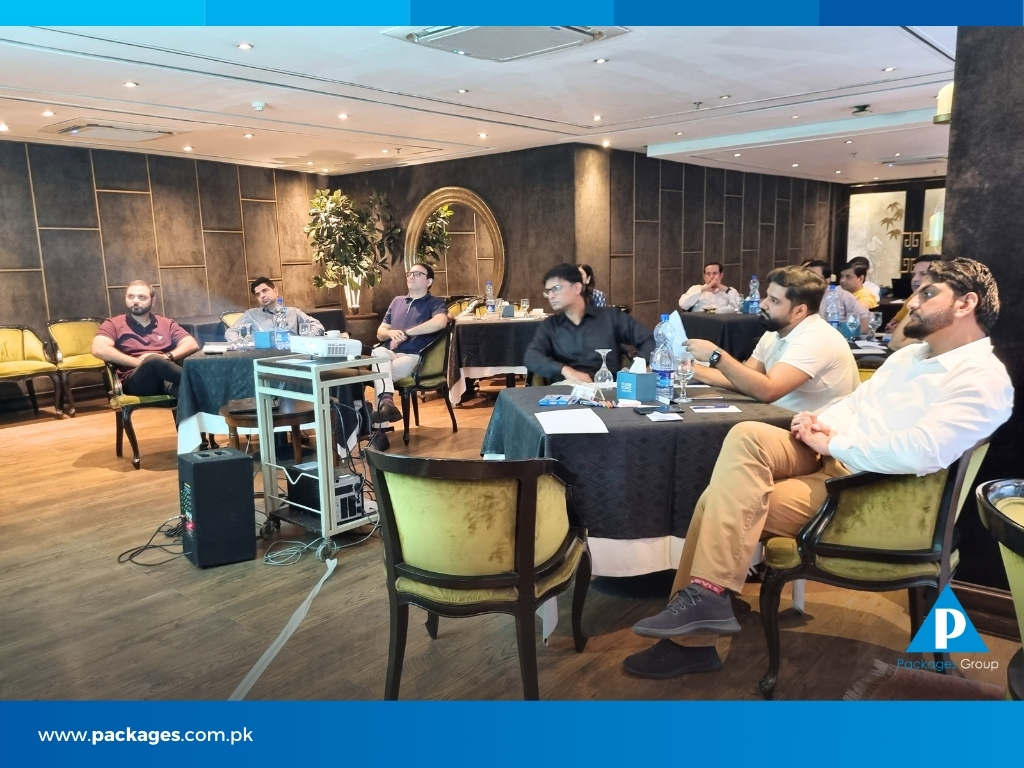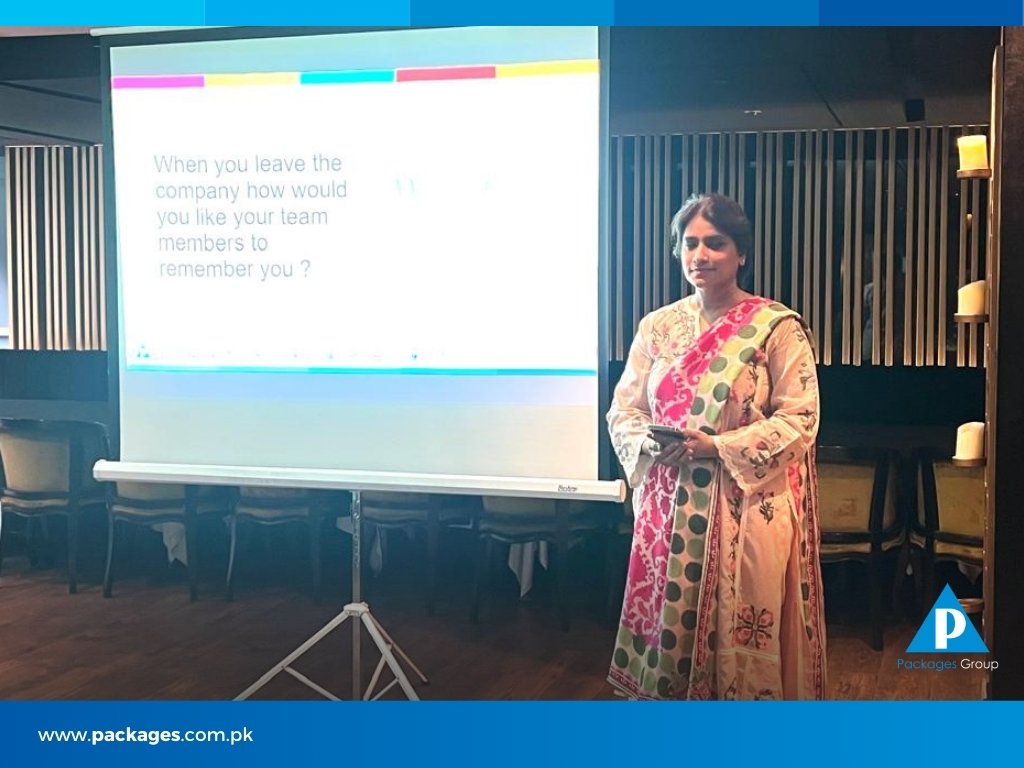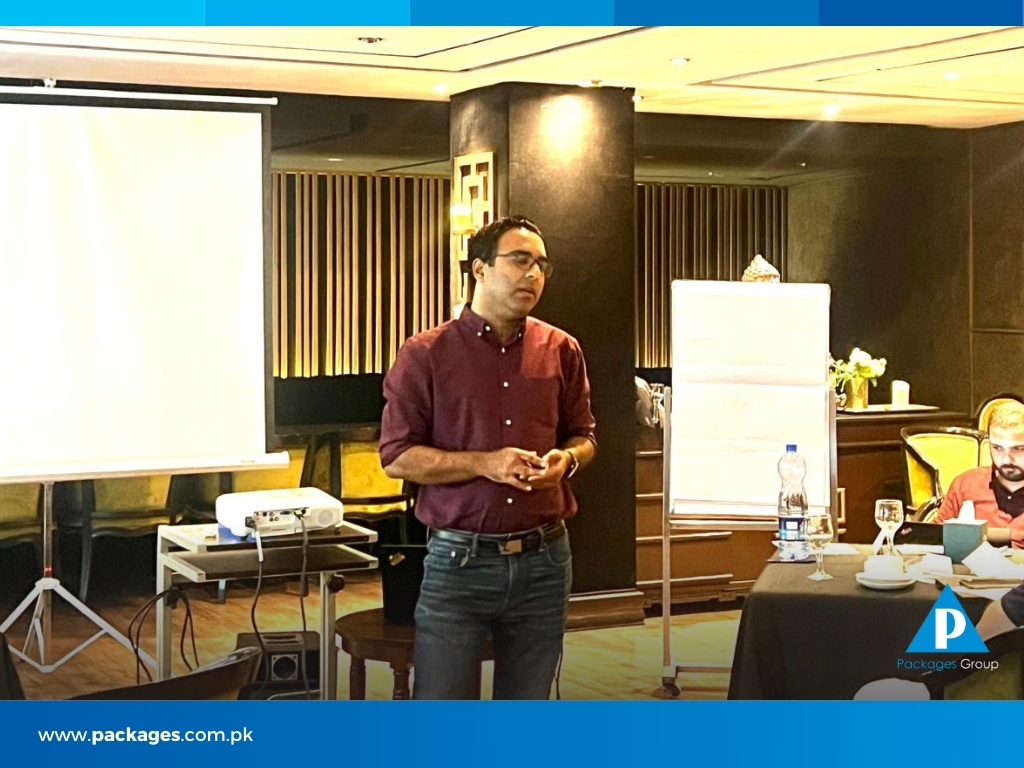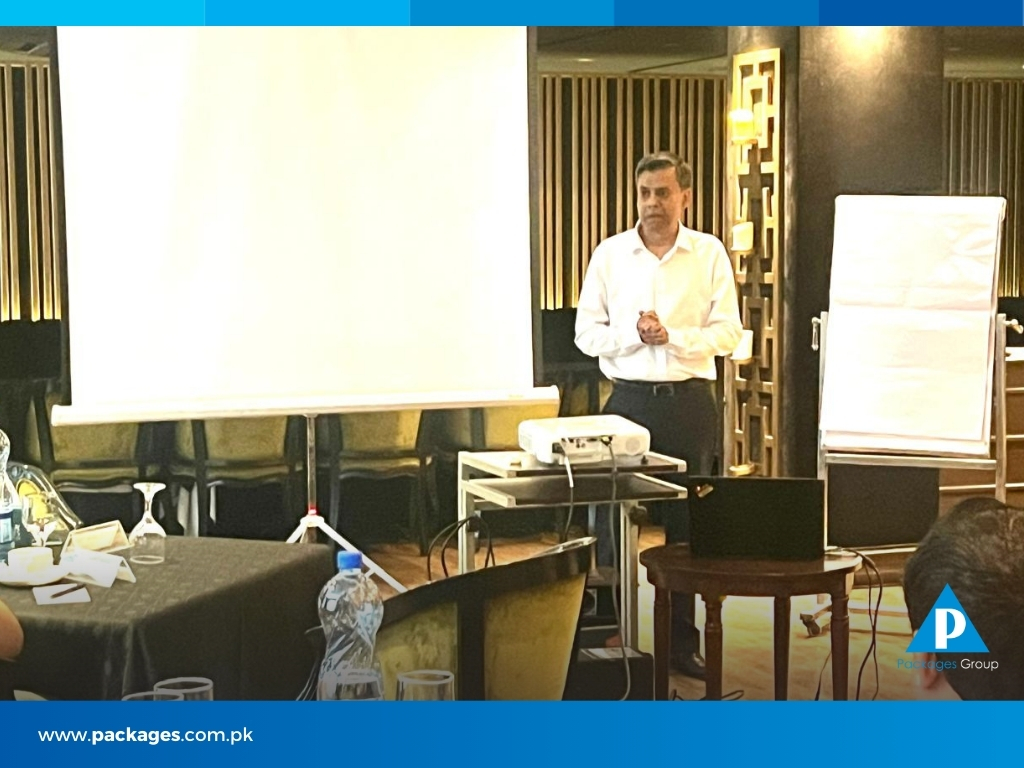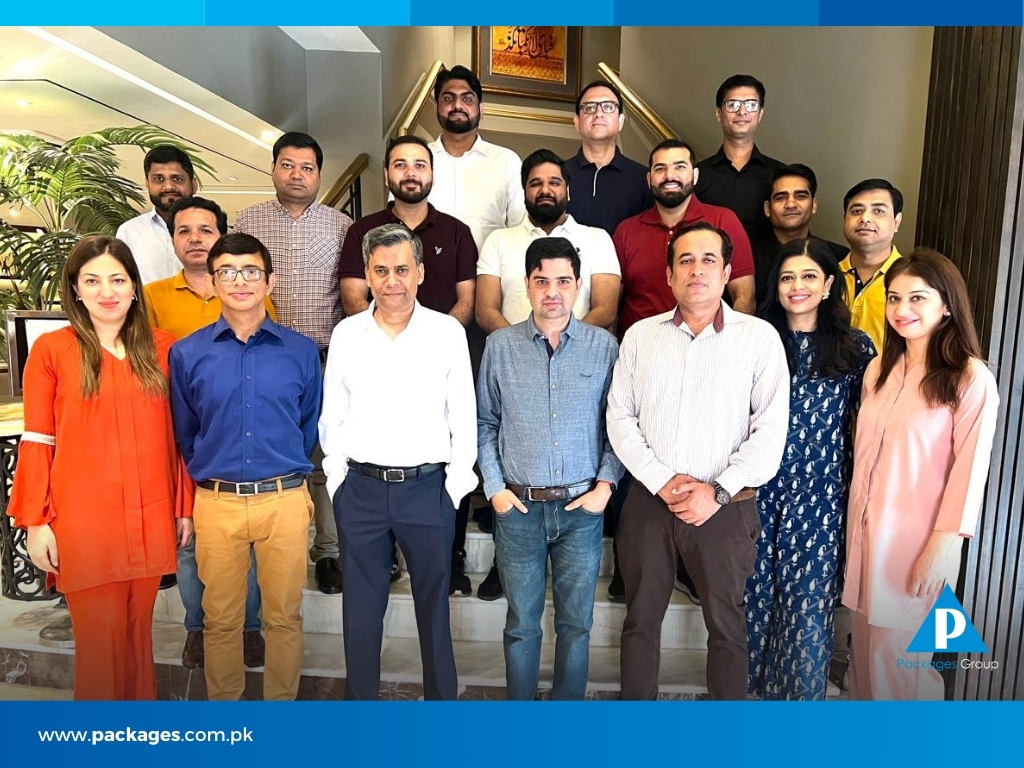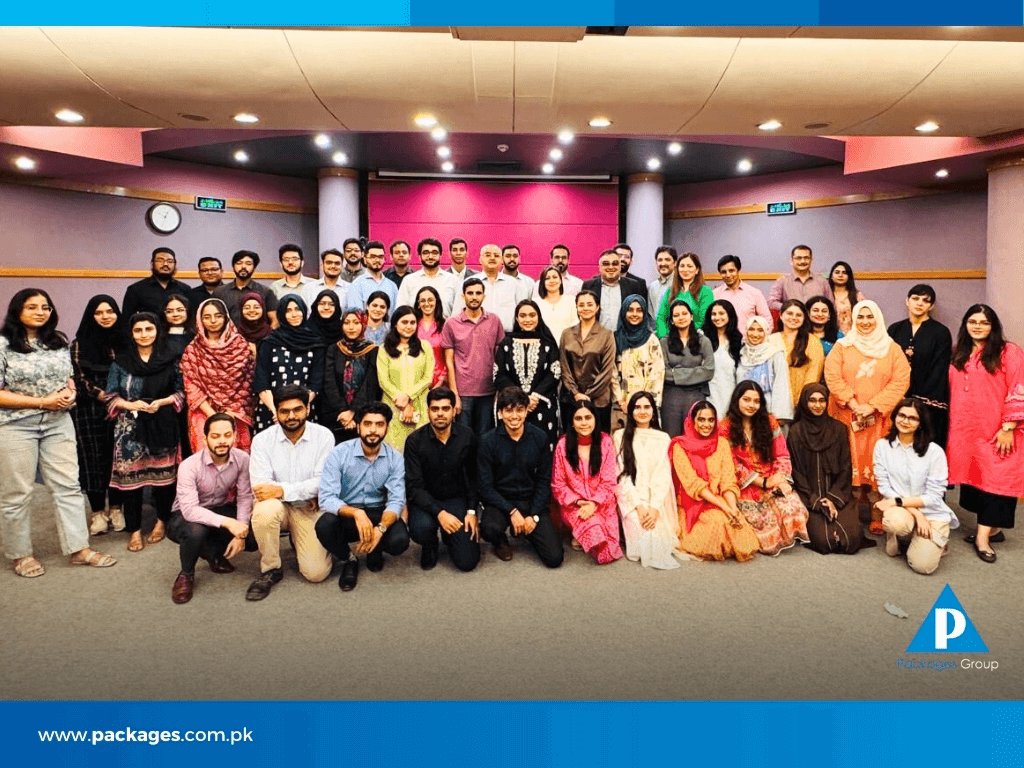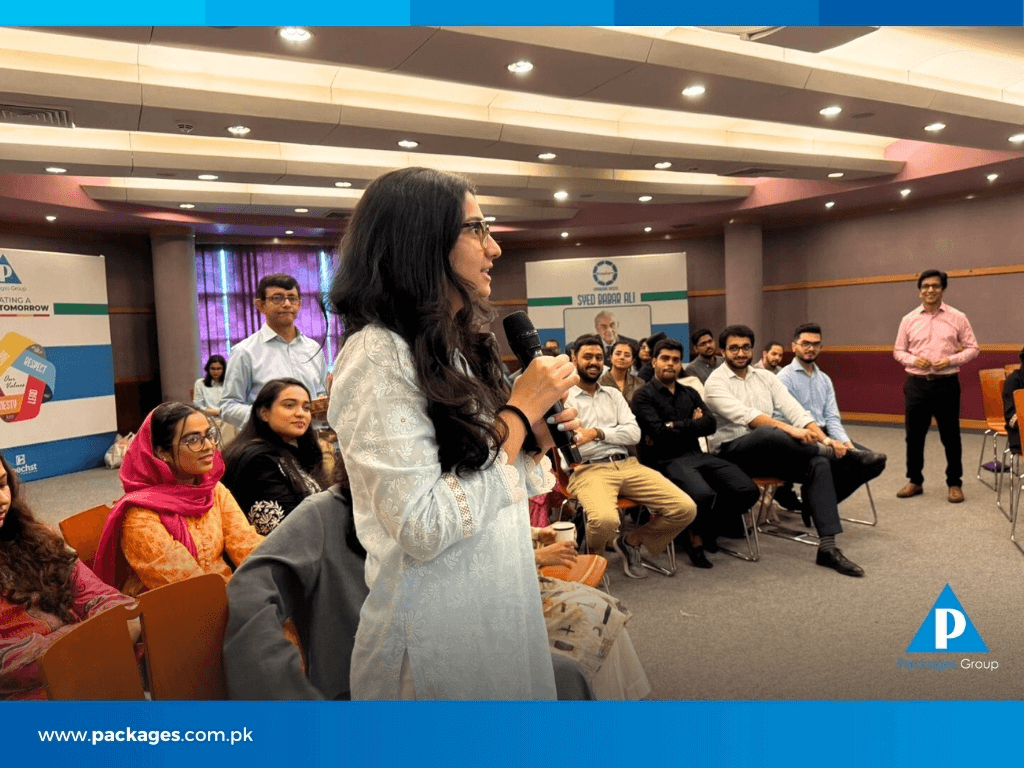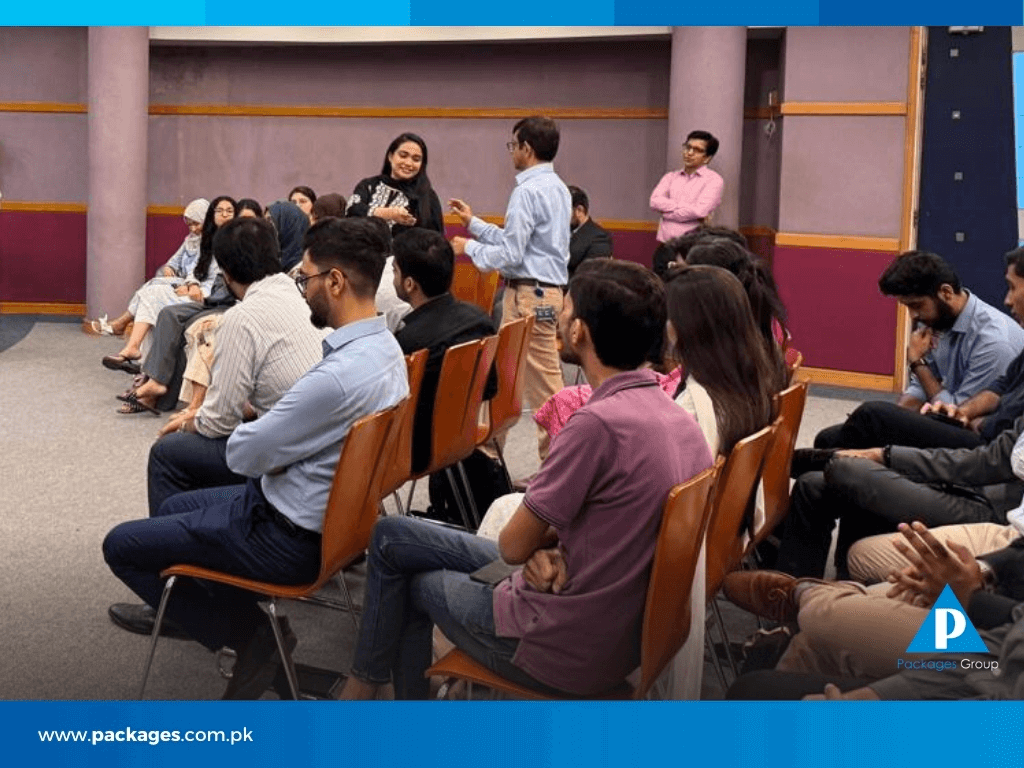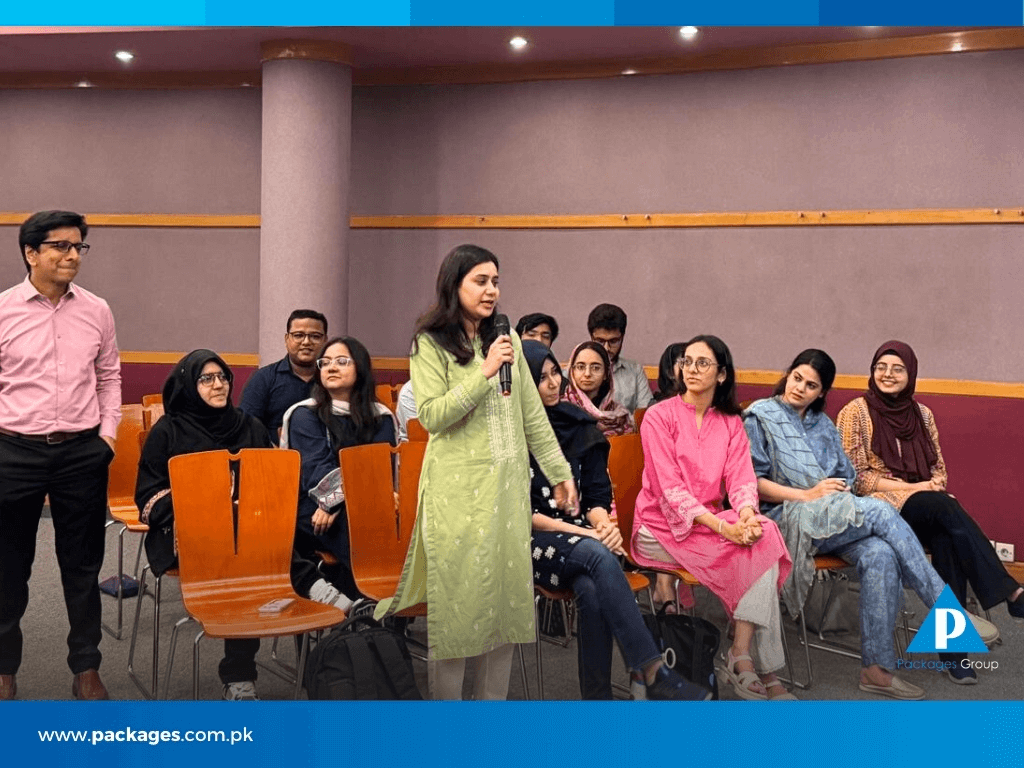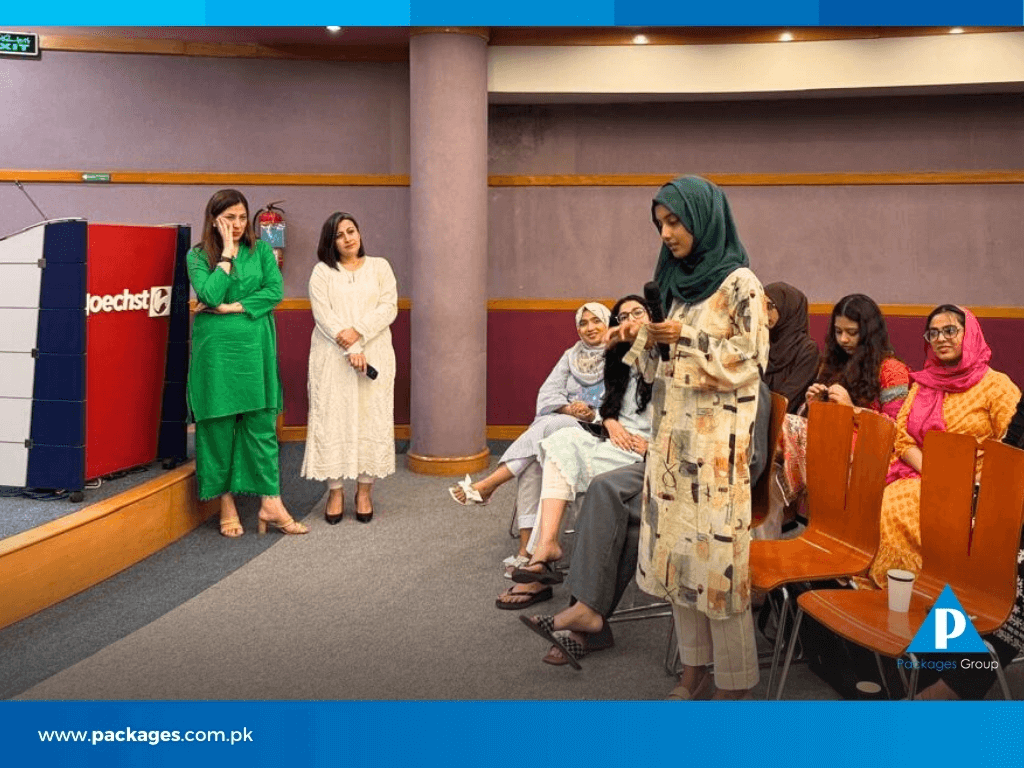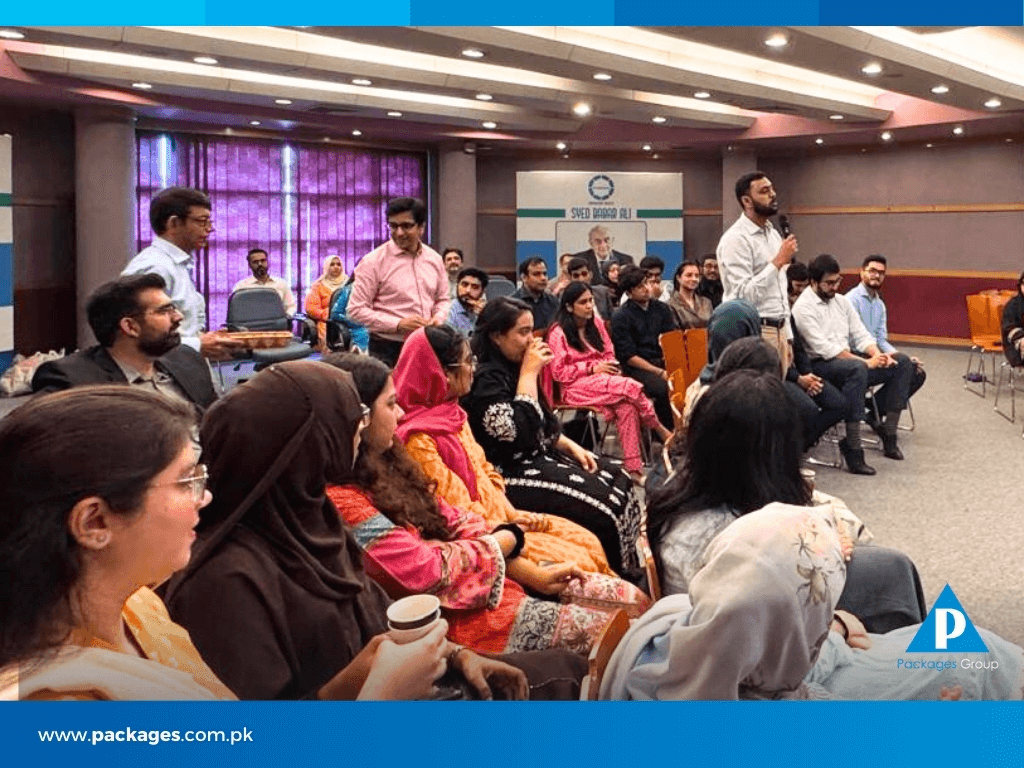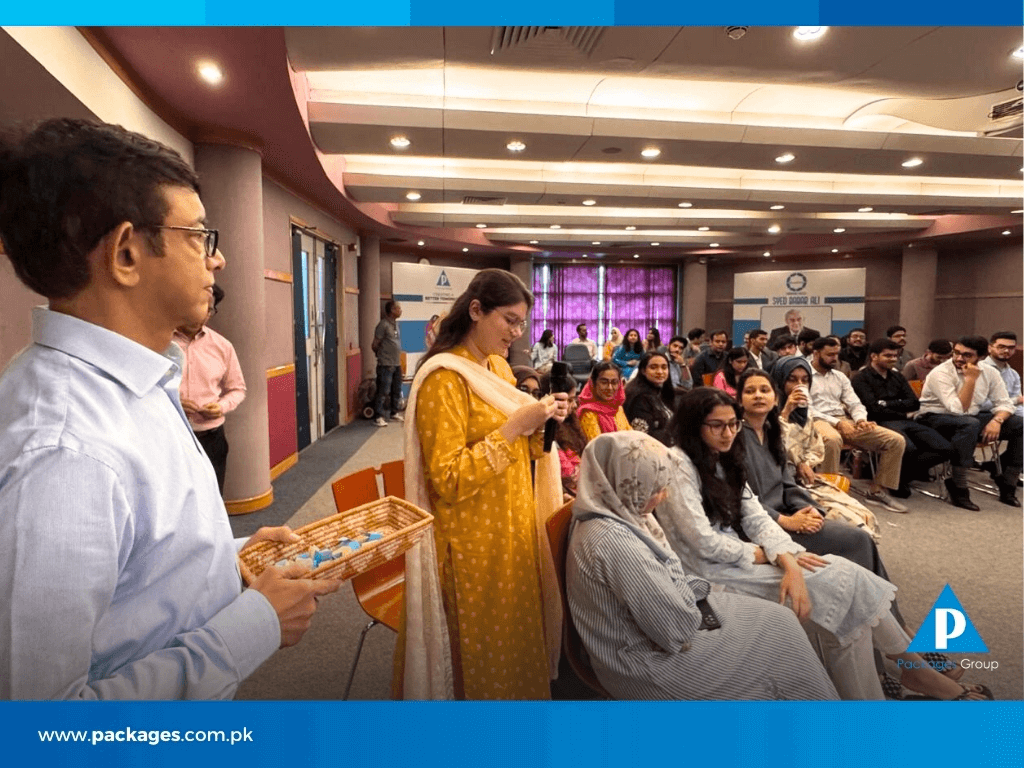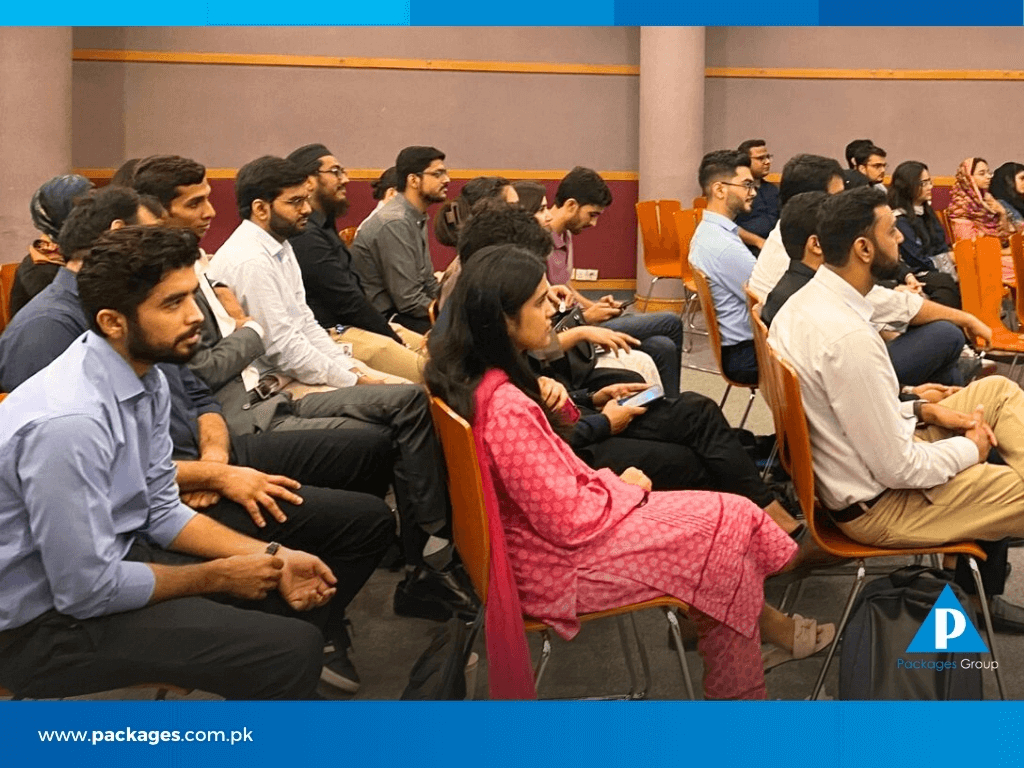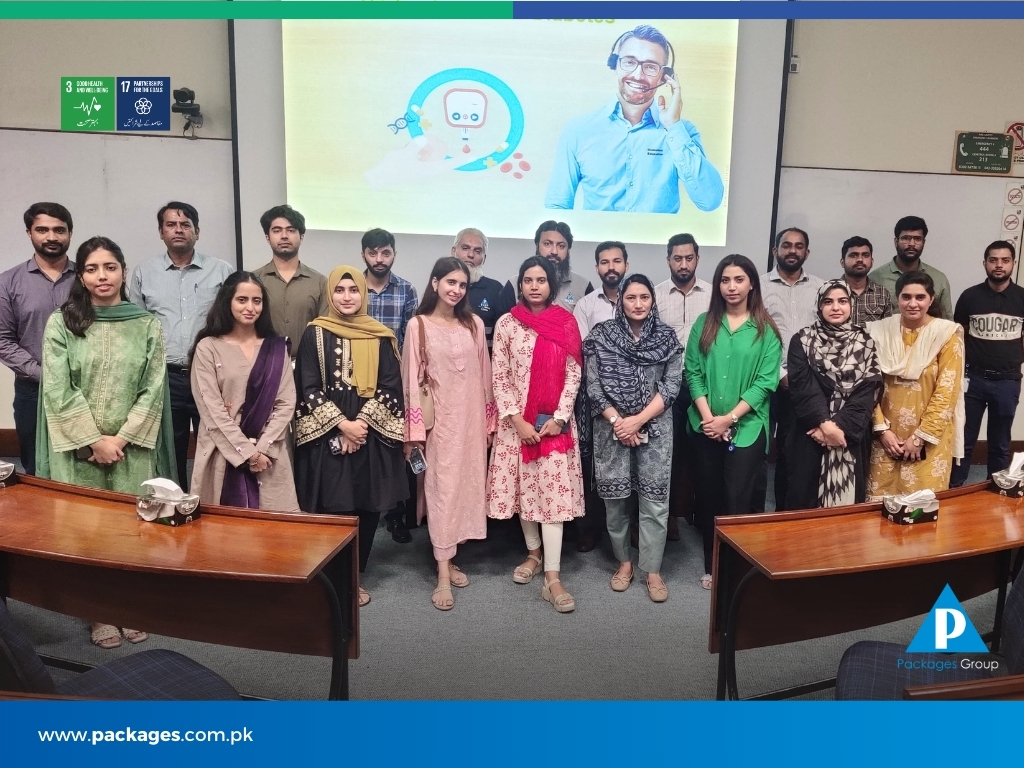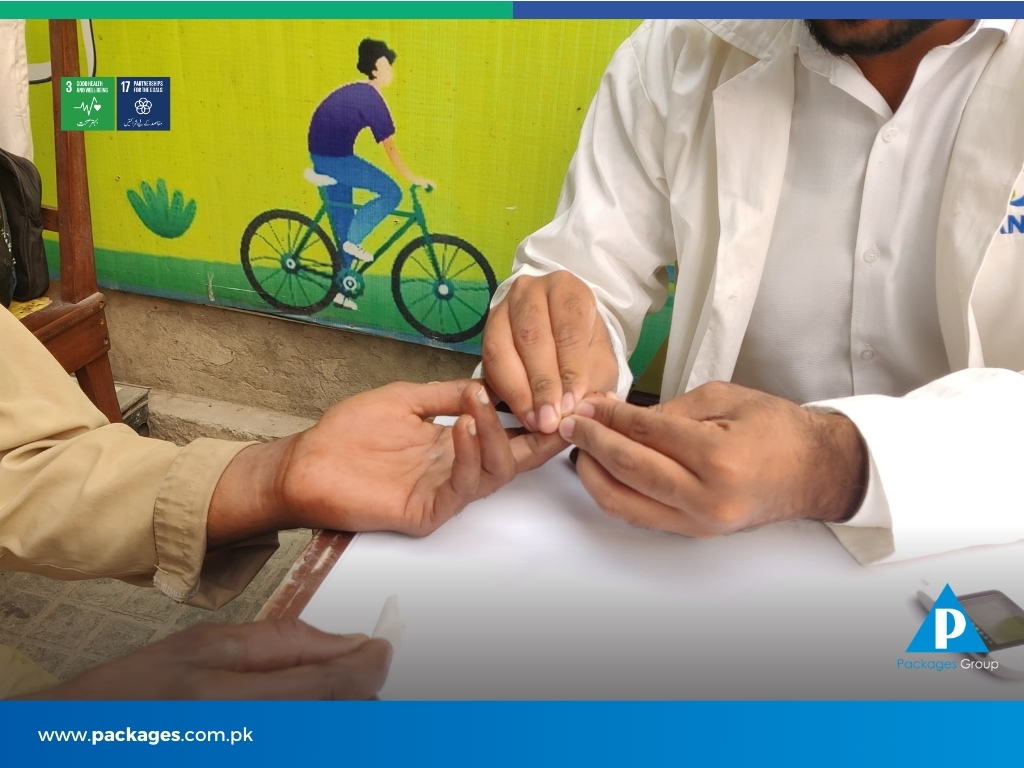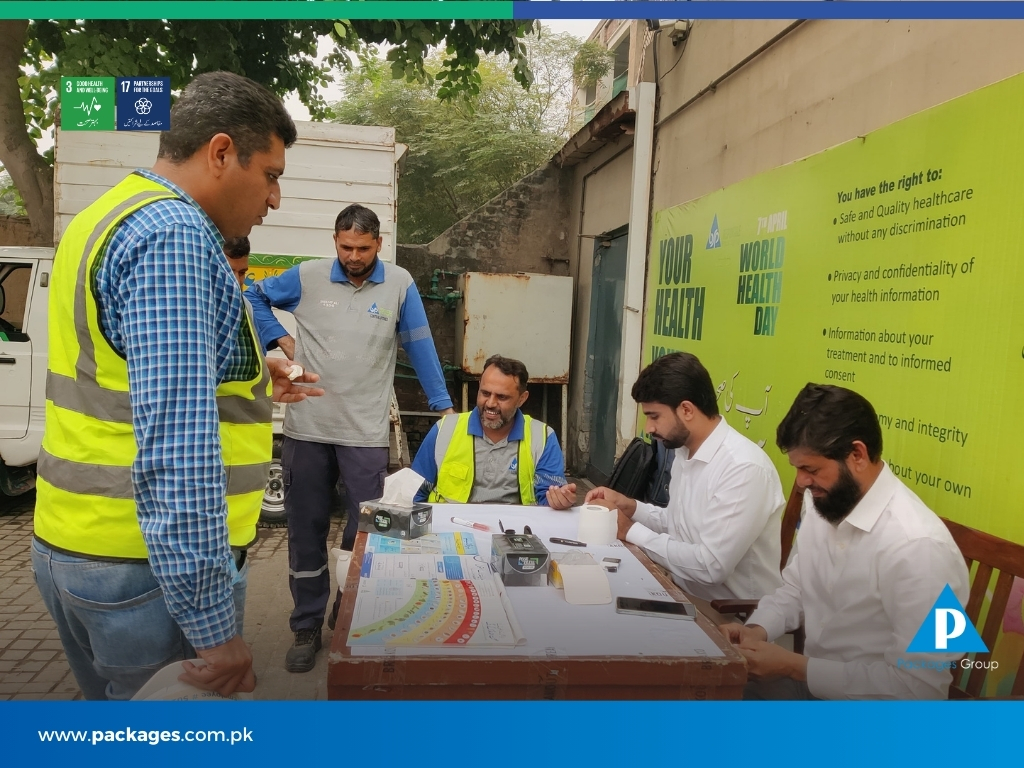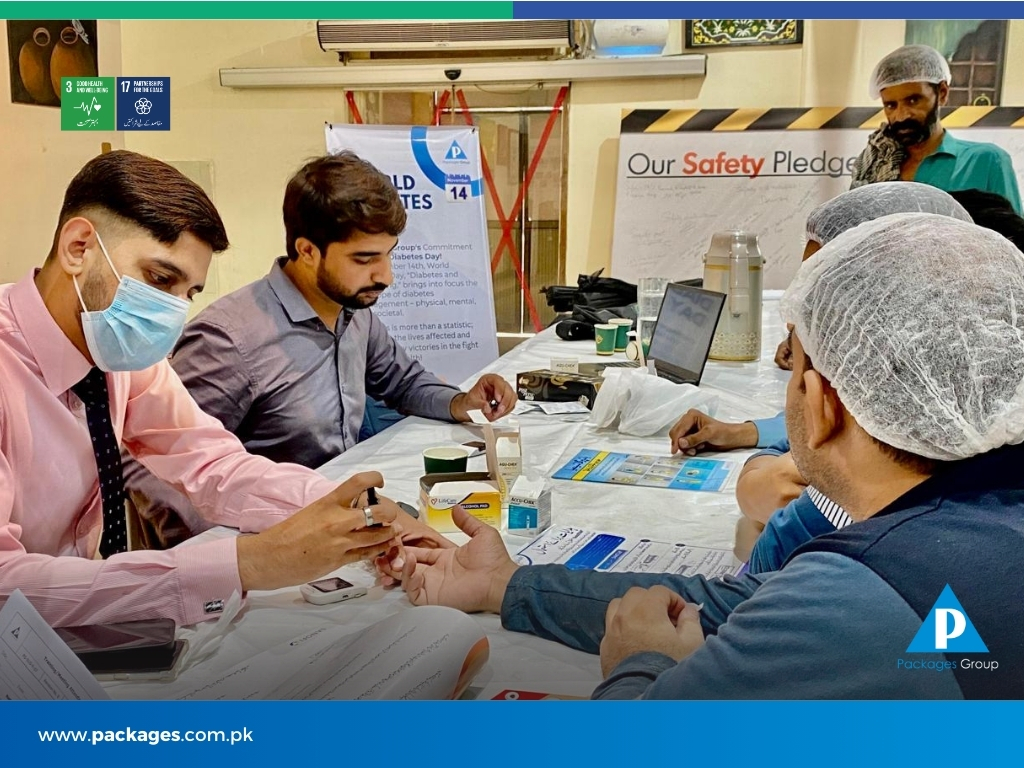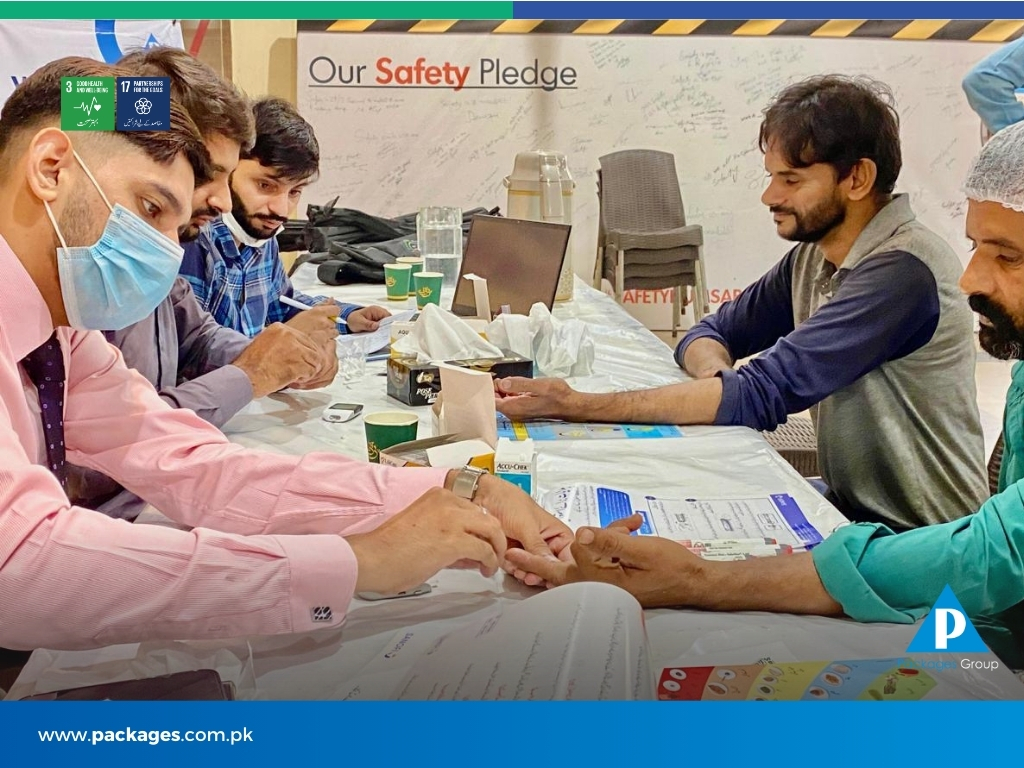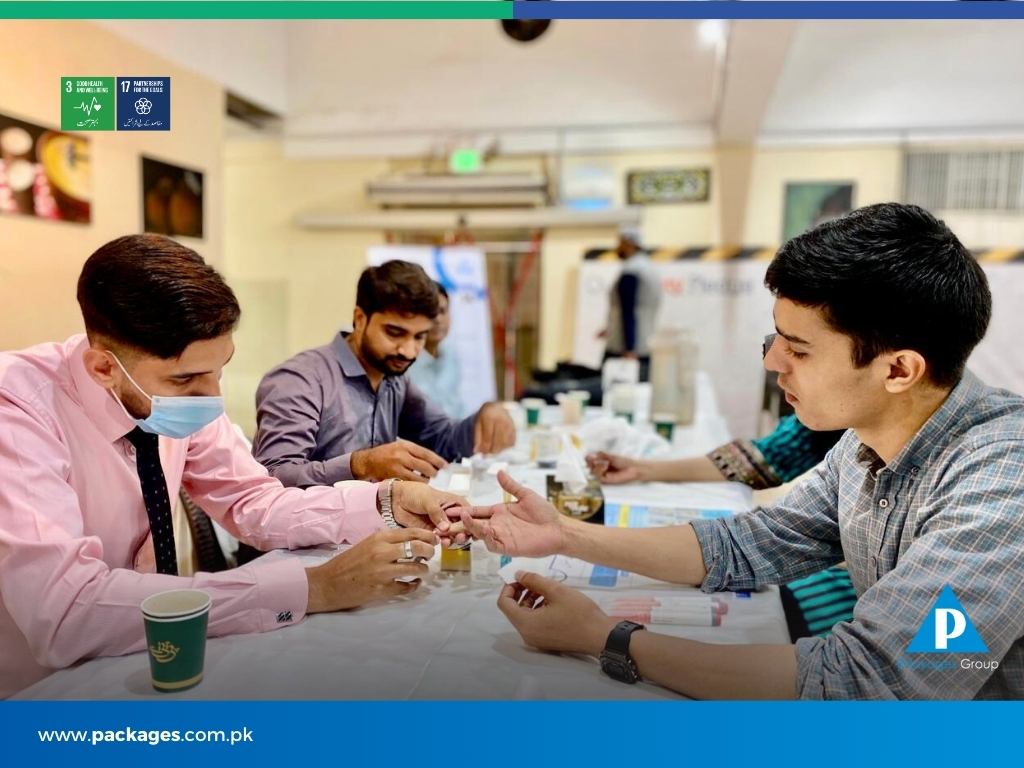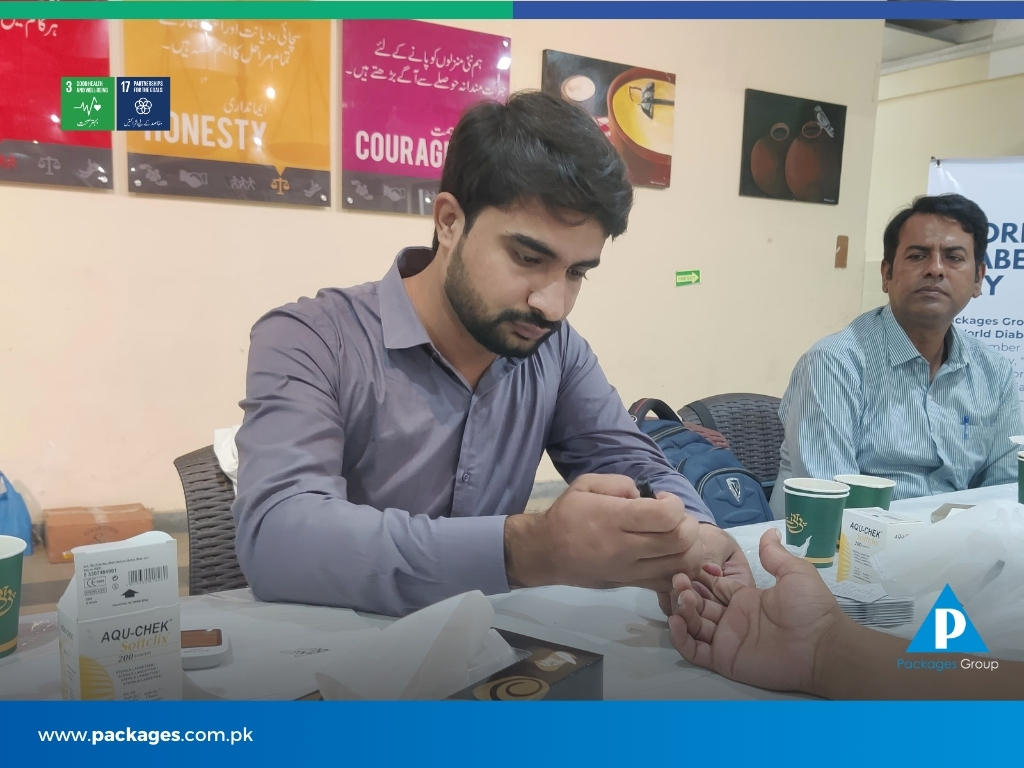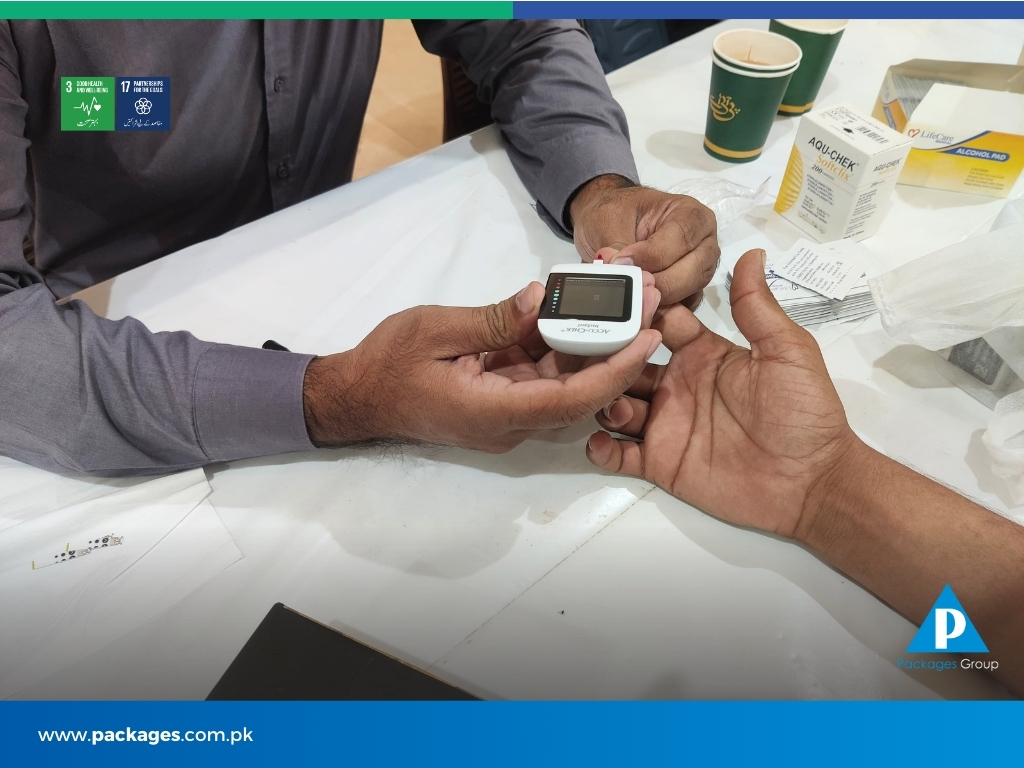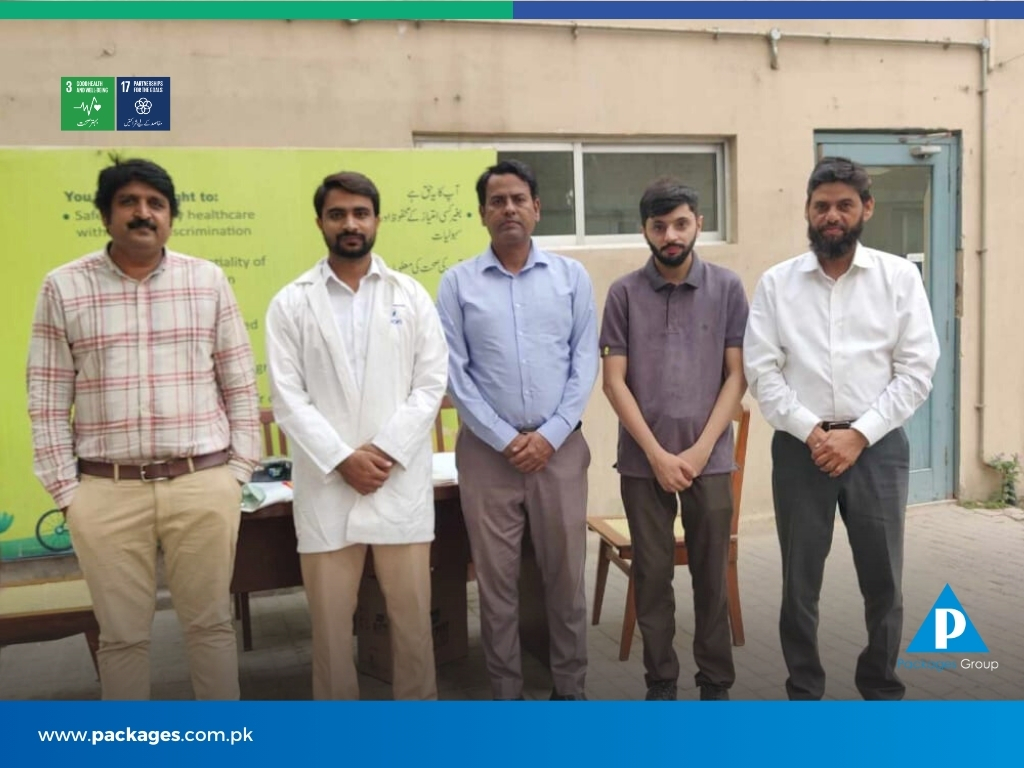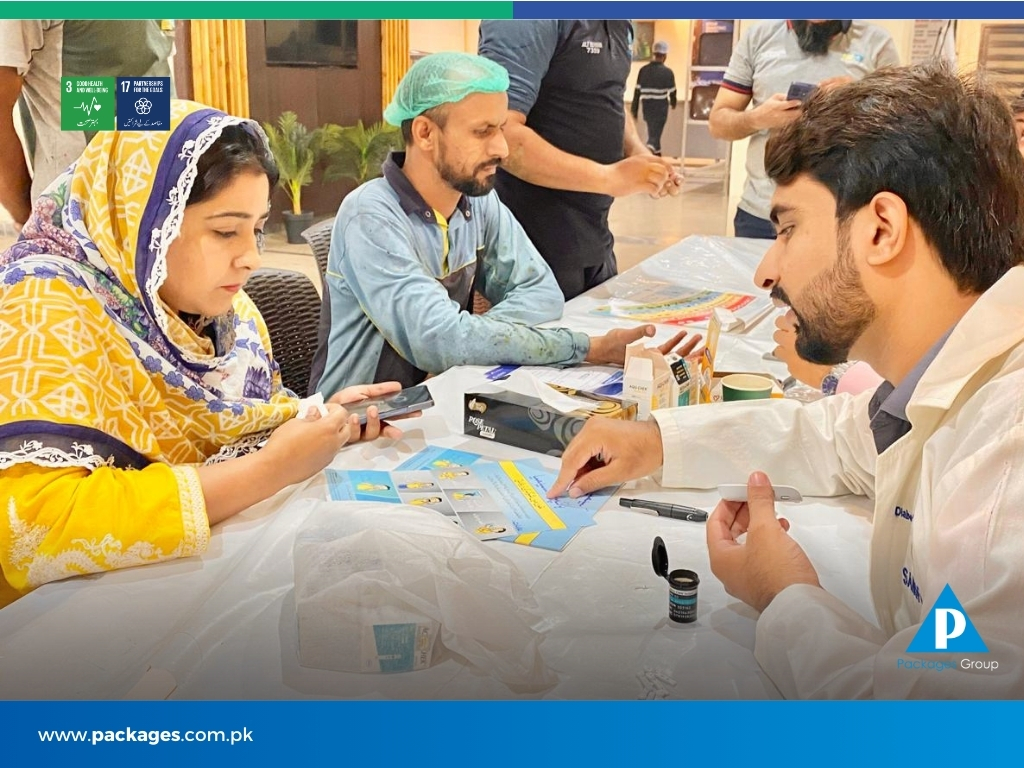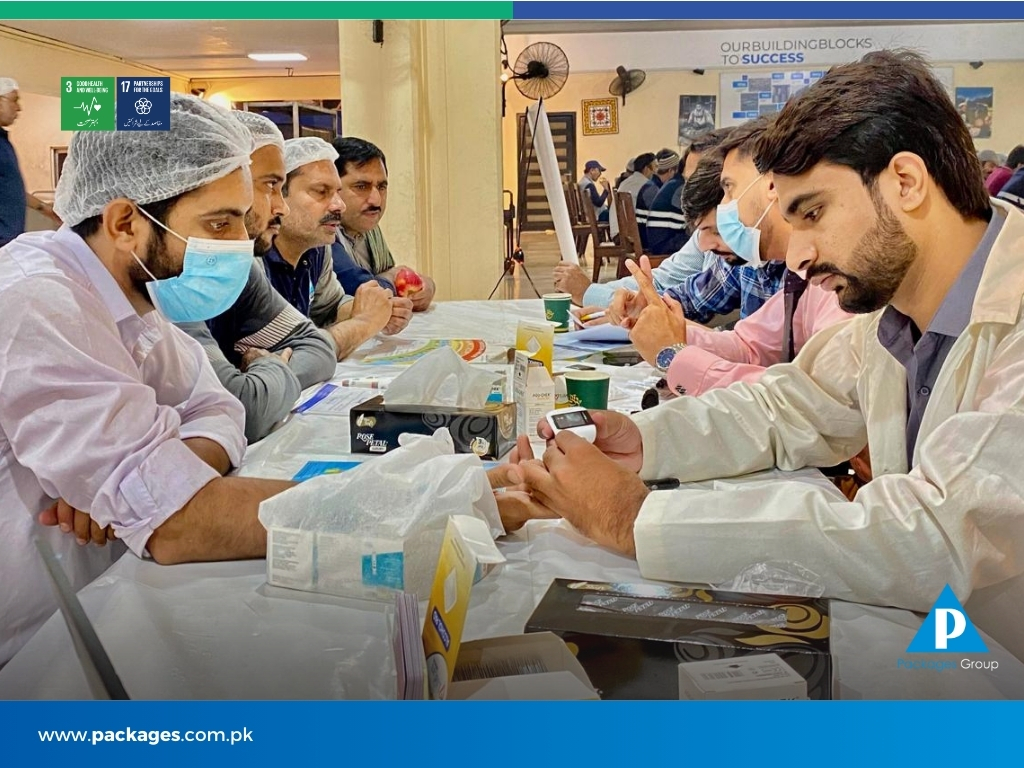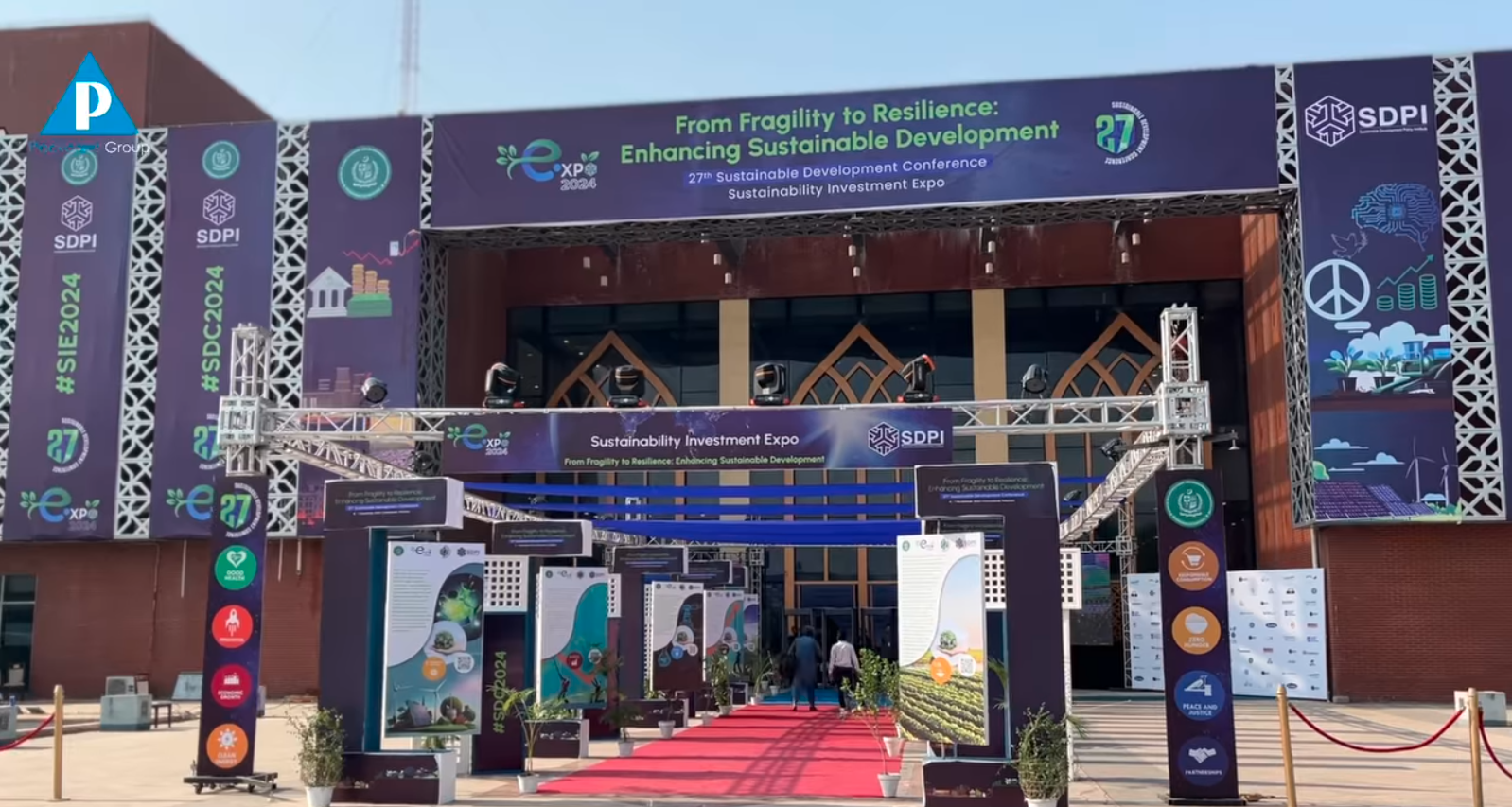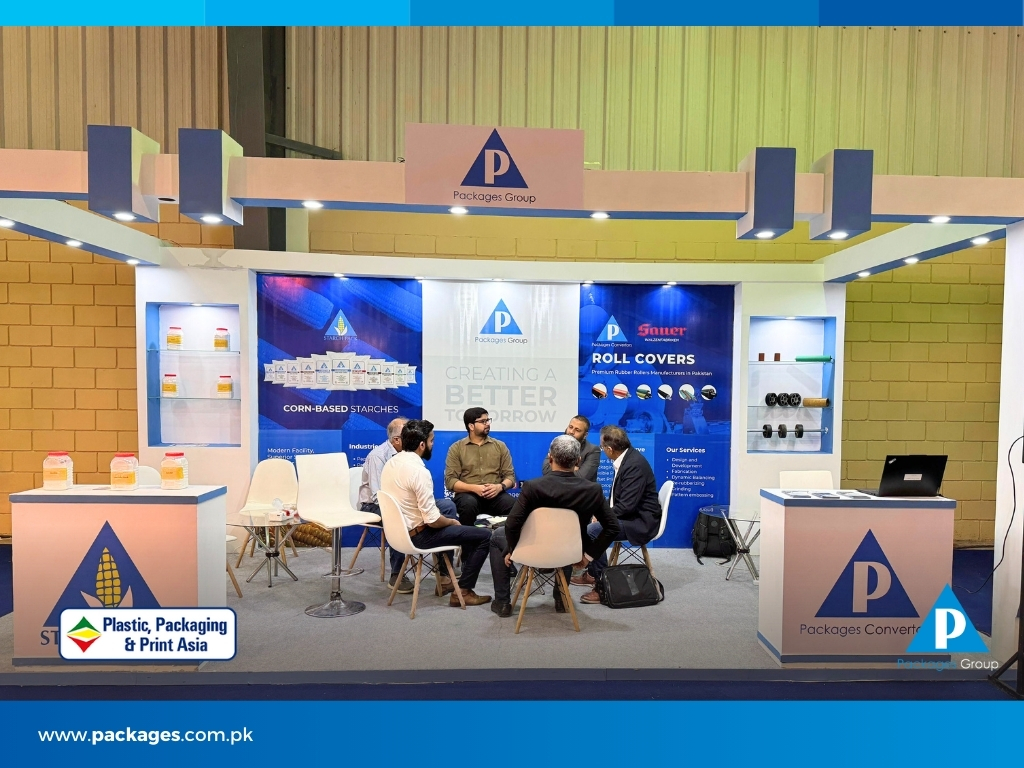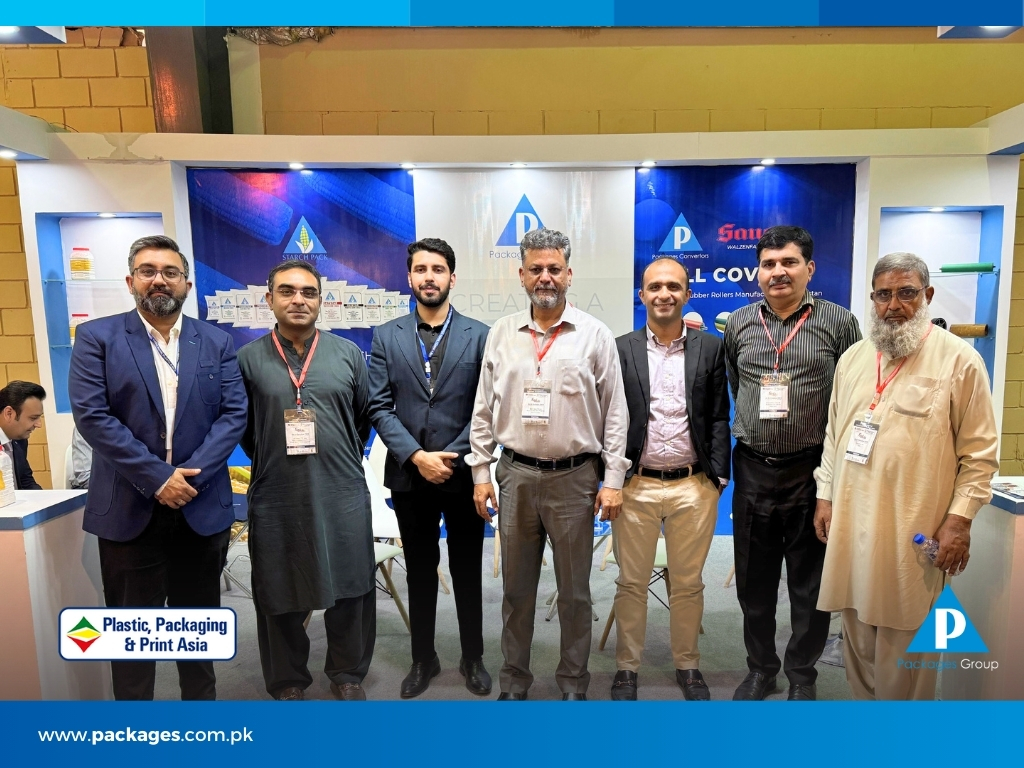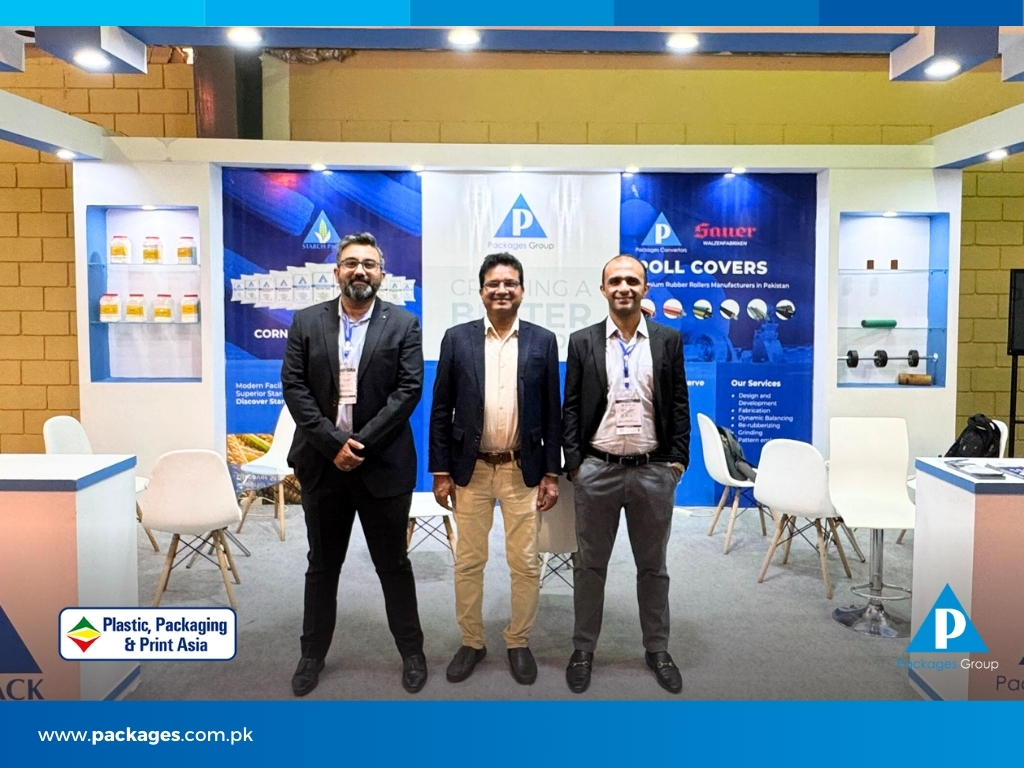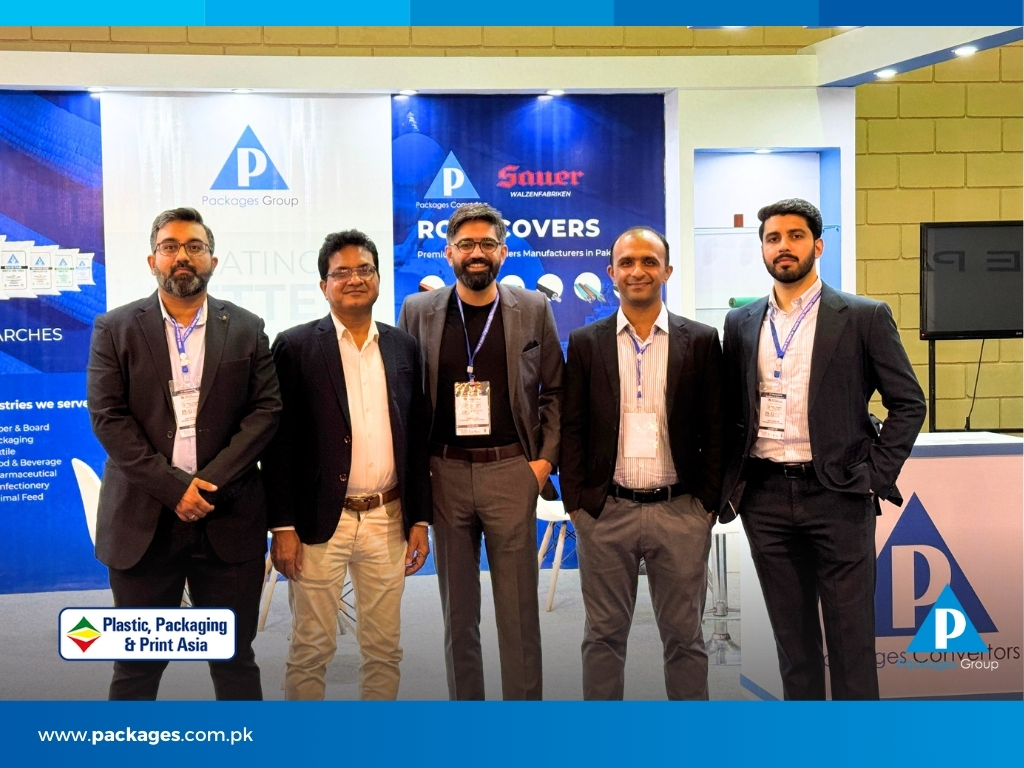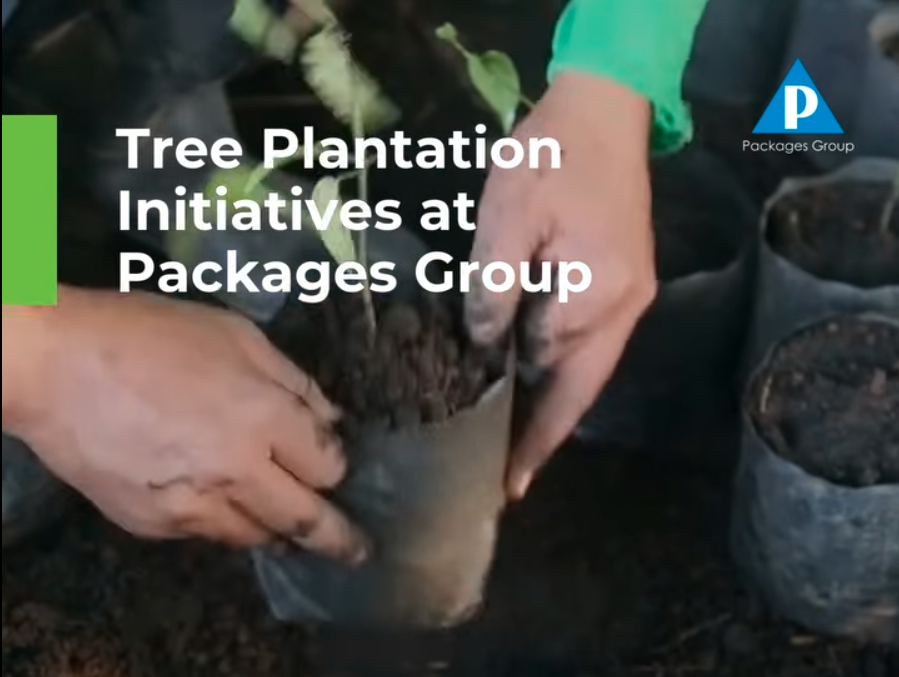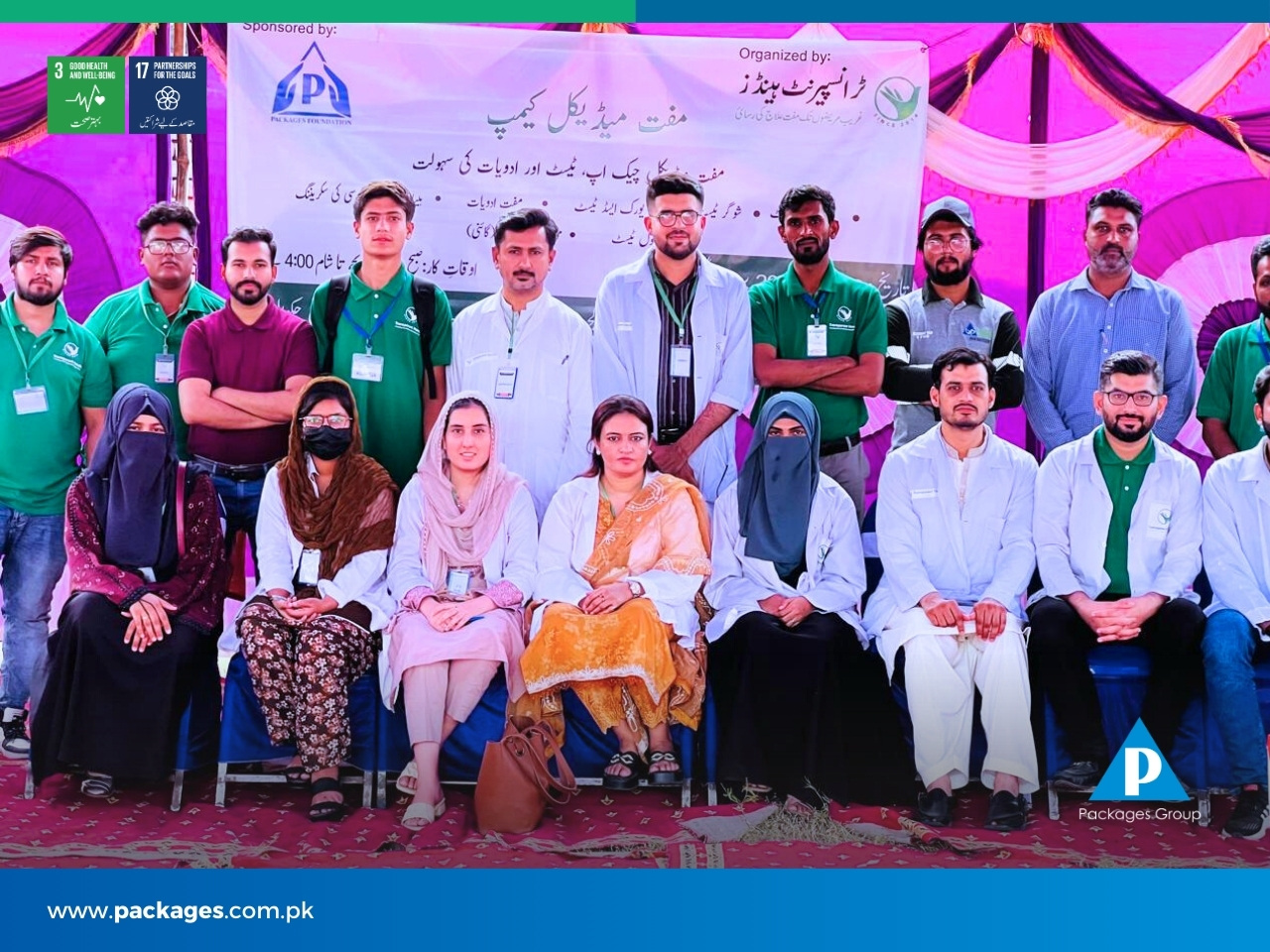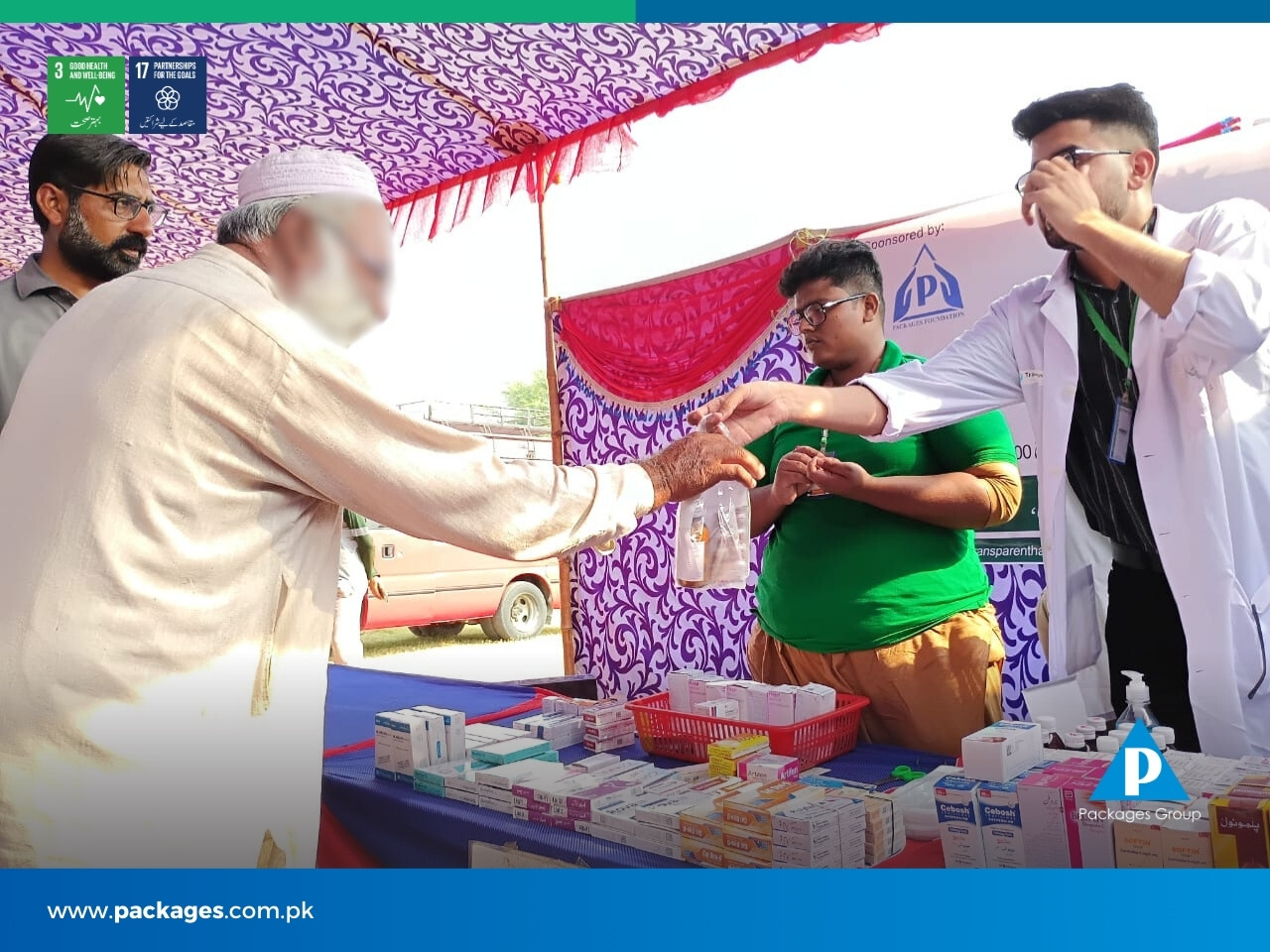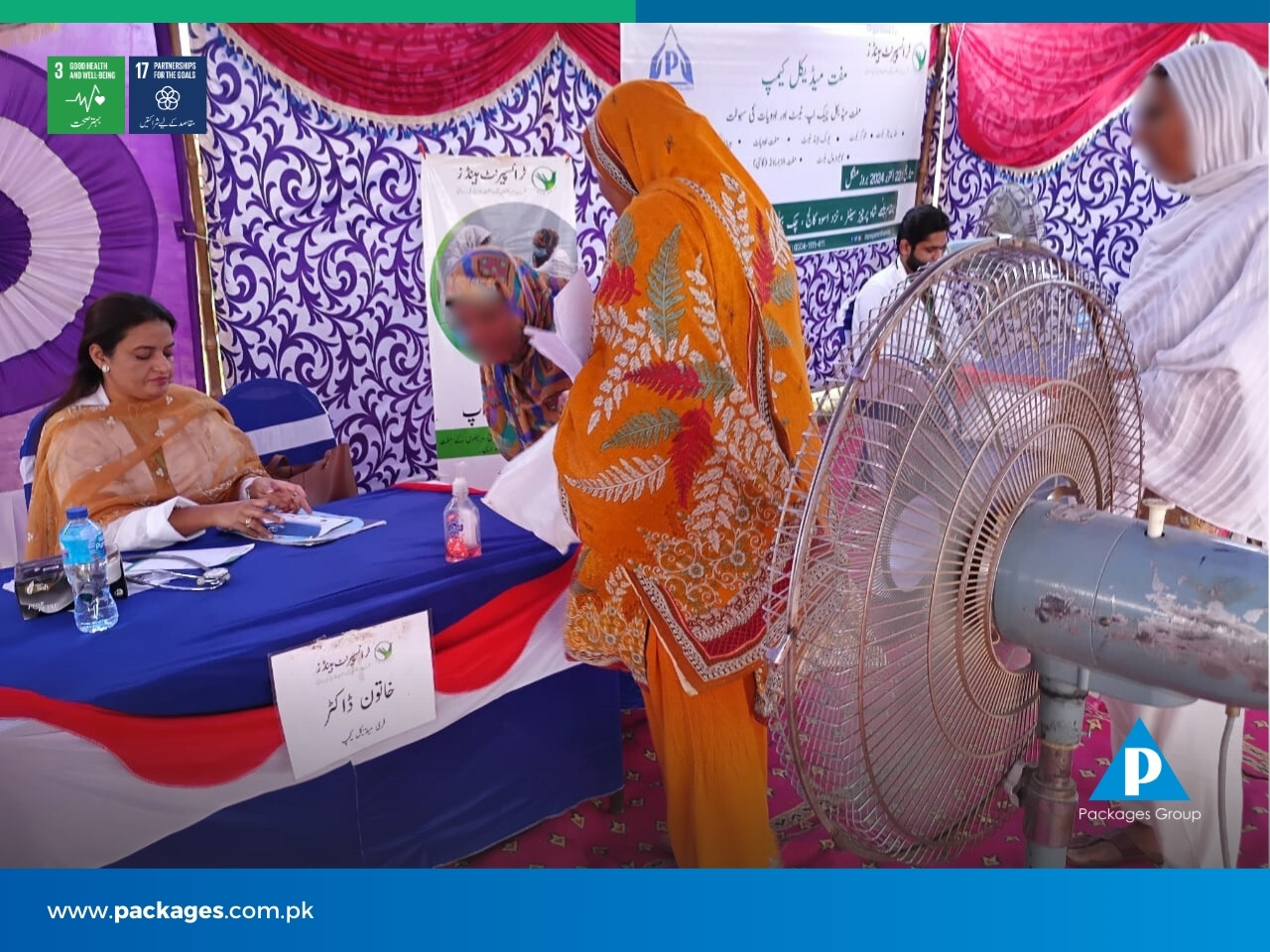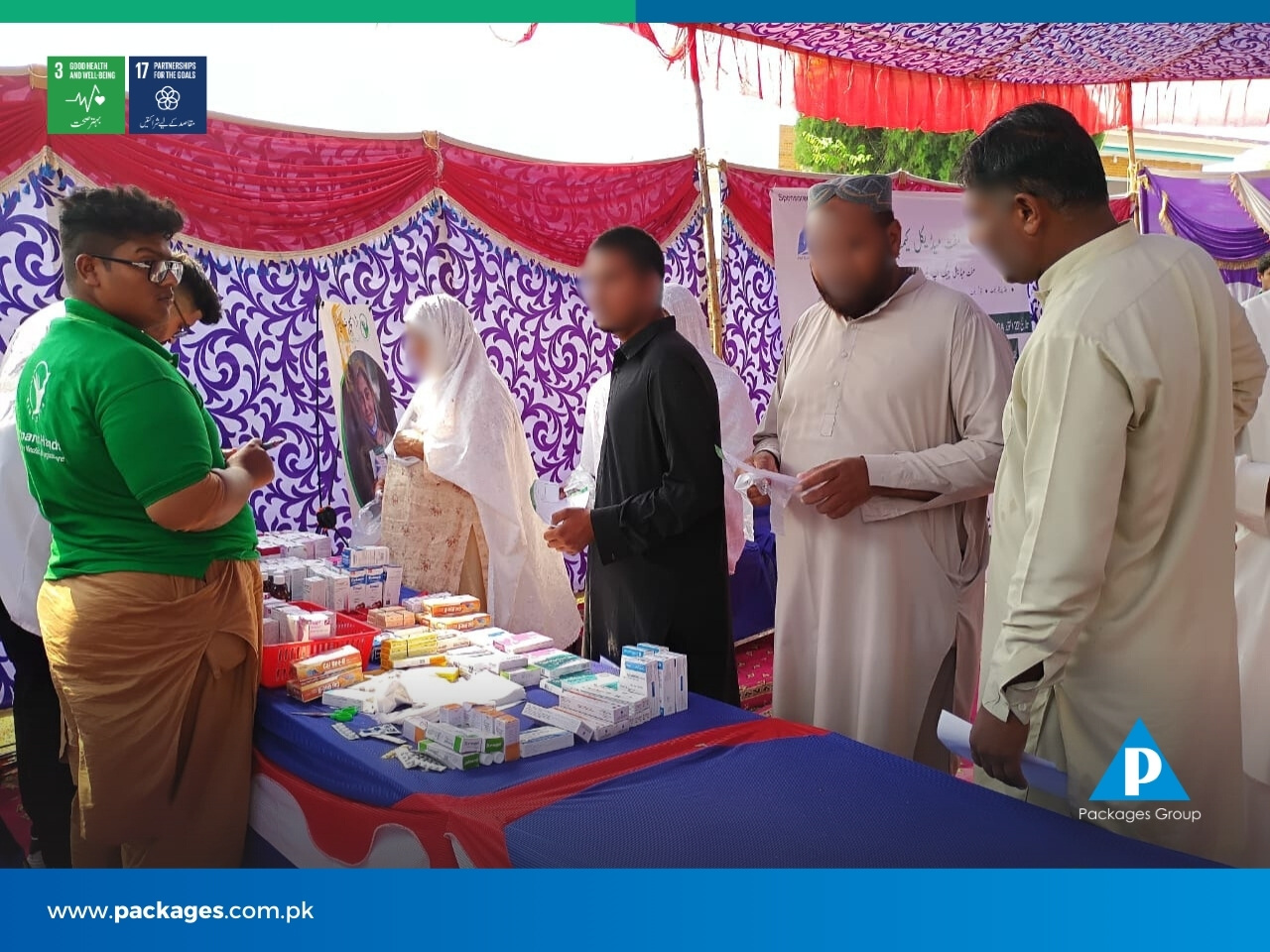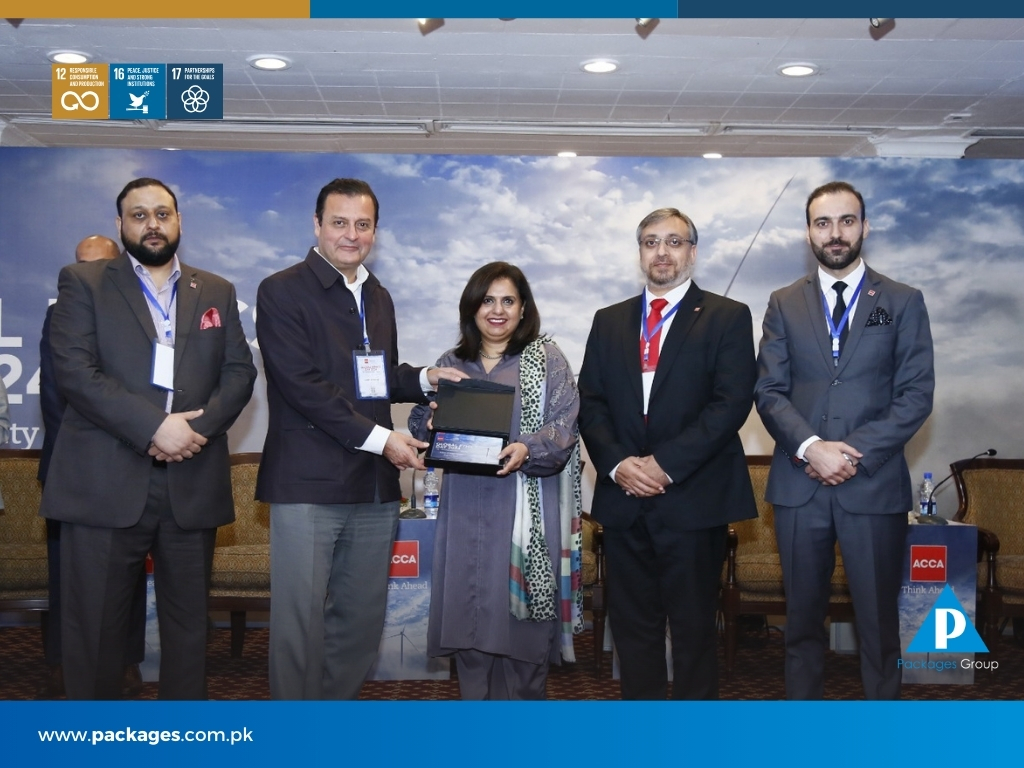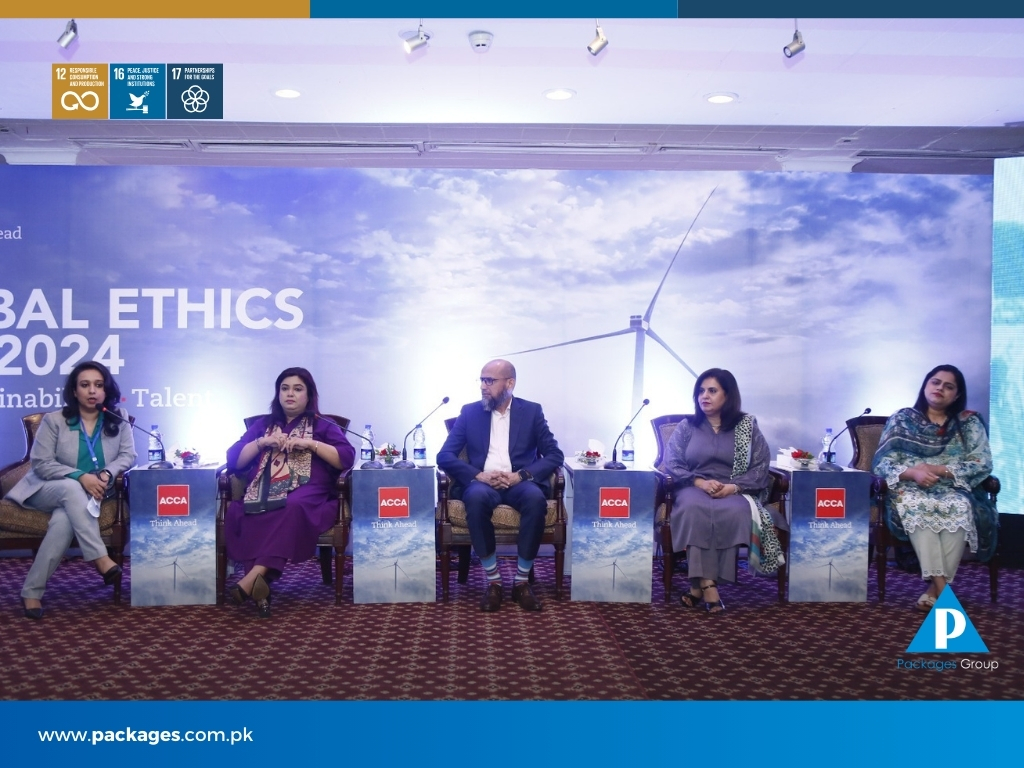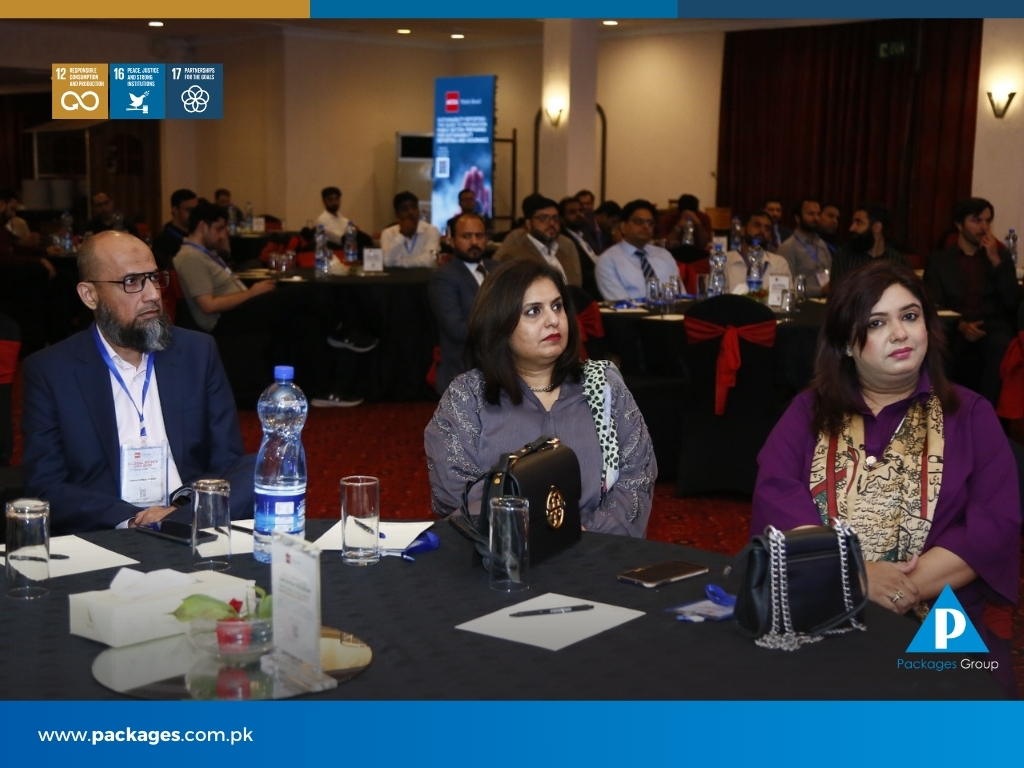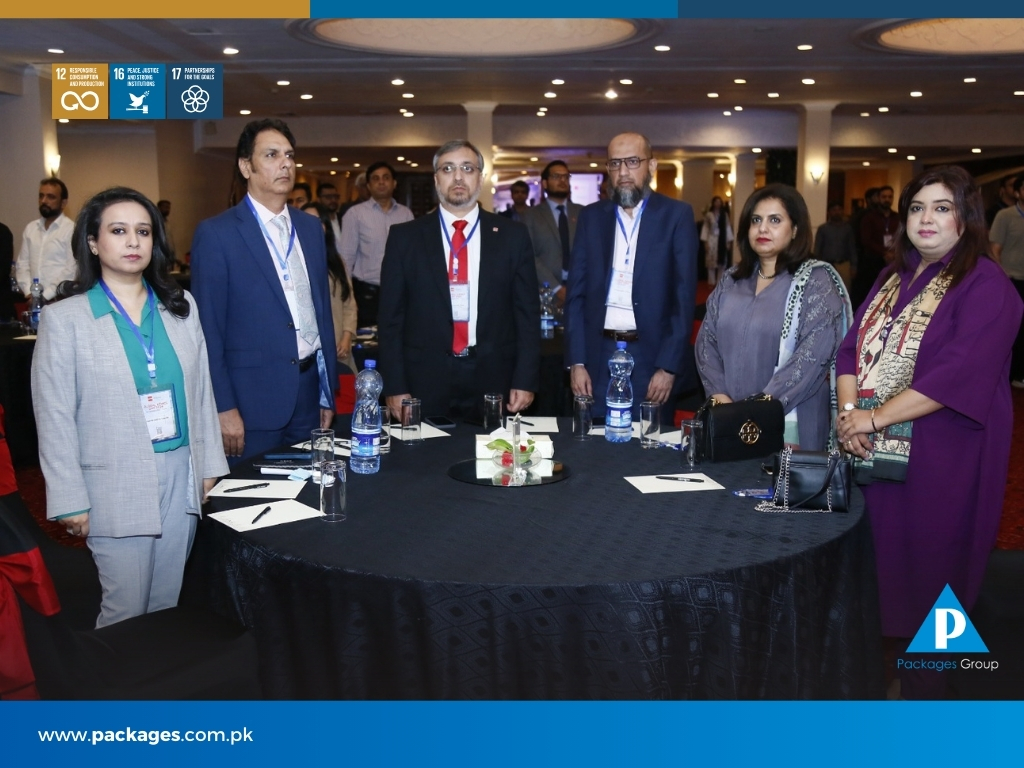Depuis l’Antiquité, la France a tissé un riche tissu de symboles visant à protéger l’individu et la communauté contre le mal, la maladie ou la mort. Ces symboles, qu’ils soient issus de la mythologie, de la religion ou de la tradition populaire, occupent une place centrale dans la vie quotidienne, dans l’architecture, la littérature et les pratiques rituelles. À travers cet article, nous explorerons comment ces représentations évoluent dans la société contemporaine, notamment à travers l’exemple moderne de 🤨 🎰, Phoenix Graveyard 2, qui illustre la renaissance et la résilience en tant que nouveaux vecteurs de protection.
1. Introduction aux symboles de protection dans la culture française
a. La symbolique de la protection dans l’histoire et la tradition française
Depuis le Moyen Âge, la France a intégré dans son patrimoine culturel diverses figures et objets symboliques destinés à éloigner le mal. La croix chrétienne, par exemple, symbolise la foi et la protection divine, tandis que les reliques et les statues de saints comme Saint Michel ou Sainte Geneviève sont vénérées comme des protecteurs contre les forces du mal. La tradition populaire a également vu émerger des superstitions autour de talismans, comme la main de Fatima ou les cœurs en pierre, censés porter chance et protéger des mauvais esprits.
b. L’importance des symboles dans la vie quotidienne et les rituels
Les symboles de protection imprègnent la vie quotidienne à travers des pratiques telles que la bénédiction des maisons, la mise en place de petits objets protecteurs dans les foyers, ou encore les processions religieuses. La fête de la Toussaint, par exemple, voit la lumière des bougies s’allumer pour guider et protéger les âmes des défunts, illustrant le rôle collectif de tels rites dans la préservation du lien entre le monde visible et l’au-delà.
c. Objectif de l’article : explorer l’intersection entre symboles, protection et culture contemporaine
Au-delà de leur origine historique, ces symboles évoluent et s’adaptent à la société moderne. Leur capacité à incarner la résilience, la renaissance ou la continuité est illustrée par des œuvres contemporaines telles que Phoenix Graveyard 2, qui réinterprète ces figures protectrices à travers une lentille artistique et symbolique moderne.
2. La symbolique de la protection dans la mythologie et le folklore français
a. Les figures protectrices : saints, anges, et figures mythiques
Les figures de saints et d’anges jouent un rôle central dans la protection spirituelle. En France, Saint Michel, le protecteur contre le mal, est souvent représenté terrassant le dragon, symbole du mal. La figure de l’Ange Gardien, inscrite dans la tradition catholique, est invoquée dès l’enfance pour veiller sur chaque individu. Les légendes populaires mentionnent également des héros mythiques comme Roland ou Jeanne d’Arc, qui incarnent la bravoure et la résistance face à l’adversité, symbolisant une protection collective contre l’oppression.
b. Les objets protecteurs : amulettes, talismans, et leur rôle dans la superstition
Les amulettes, comme la main de Fatima ou le trèfle à quatre feuilles, sont traditionnellement portées ou placées dans les foyers pour attirer la chance ou repousser le mal. En France, la superstition veut que certains objets, bénis lors de rituels, offrent une protection durable. Ces objets témoignent de la mémoire collective et du besoin universel de sécurité face à l’incertitude.
c. La lumière comme symbole de protection : lanternes, chandelles dans les cimetières
La lumière a toujours été un symbole puissant de protection dans la culture française. Lors des veillées funèbres ou dans les cimetières, les lanternes et chandelles sont allumées pour guider les âmes et repousser les esprits malveillants. La tradition veut que la lumière symbolise la foi, l’espoir, et la présence divine, illuminant le chemin vers l’au-delà.
3. La représentation des symboles de protection dans l’art et la littérature françaises
a. Les œuvres classiques illustrant la protection et le combat contre le mal
L’histoire de France regorge d’œuvres qui incarnent la lutte entre le bien et le mal. Par exemple, la peinture religieuse du Moyen Âge, comme celles de Jean Fouquet ou de Georges de La Tour, met en scène des saints ou des anges protégeant les âmes ou combattant le diable. Ces représentations illustrent la permanence de la symbolique de protection dans l’art sacré.
b. La symbolique dans la poésie et la peinture, avec exemples précis
La poésie française, notamment celle de Victor Hugo ou Paul Éluard, utilise fréquemment la lumière, l’oiseau ou le feu comme métaphores de protection. La peinture, comme celle de Gustave Moreau ou de Pierre Soulages, exploite ces symboles pour évoquer la résilience. Par exemple, l’usage du feu dans « La Légende de Saint Julien » symbolise à la fois la purification et la renaissance.
c. La modernité et la réinterprétation de ces symboles dans la culture contemporaine
Aujourd’hui, les artistes et créateurs réinterprètent ces symboles dans un contexte moderne. L’œuvre 🤨 🎰 illustre cette tendance en incarnant la renaissance à travers un phénix, un symbole traditionnel de protection et de résilience, revisité dans un univers contemporain.
4. Le rôle des espaces sacrés et des rituels dans la protection collective en France
a. Les cathédrales, chapelles et lieux de pèlerinage comme refuges protecteurs
Les grands lieux de pèlerinage, tels que Notre-Dame de Lourdes ou la Sainte-Chapelle, ont longtemps été perçus comme des portails de protection divine. Leur architecture, souvent conçue pour canaliser la lumière et créer une atmosphère sacrée, vise à renforcer le sentiment de sécurité et de présence divine face aux dangers de l’époque.
b. Les rituels populaires : prières, processions et leur signification symbolique
Les processions de la Fête-Dieu ou de la Sainte-Anne illustrent comment la communauté mobilise ses rites pour invoquer la protection divine. Ces événements, souvent accompagnés de chants et de gestes symboliques, renforcent le lien entre foi et protection collective.
c. La fonction des cimetières, notamment à travers l’usage des lanternes pour guider les esprits
Les cimetières en France, comme celui du Père-Lachaise, sont des lieux où la lumière, sous forme de bougies ou lanternes, joue un rôle essentiel pour accompagner les âmes dans leur voyage. Ces pratiques témoignent de la croyance en une protection spirituelle continue, même au-delà de la vie.
5. La modernité et la symbolique de protection : le cas de Phoenix Graveyard 2
a. Présentation de Phoenix Graveyard 2 comme un exemple contemporain de symboles protecteurs
Dans le paysage artistique actuel, 🤨 🎰 incarne une nouvelle lecture du symbolisme protecteur. Ce projet mêle éléments mythologiques et modernité, proposant une œuvre qui invite à la réflexion sur la résilience et la renaissance face à l’adversité.
b. Analyse de ses éléments visuels et narratifs : le phénix, la renaissance, la résilience
Le phénix, emblème de renaissance, est au centre de cette œuvre. Sa représentation évoque la possibilité de se relever après la chute, symbolisant ainsi une protection contre le désespoir. La narration visuelle intègre des éléments de feu et de renaissance, soulignant la force intérieure nécessaire pour surmonter l’adversité.
c. Influence de la culture française et de la mythologie dans sa conception
L’inspiration puisée dans la mythologie française, notamment dans le mythe du phénix, confère à 🤨 🎰 une dimension profondément ancrée dans notre patrimoine symbolique. La résilience y est incarnée comme un acte de protection individuelle et collective, renforçant la portée universelle de ces symboles.
6. La renaissance et la résilience : le phénix comme symbole de protection dans la culture française
a. Origines mythologiques et symboliques du phénix en France
Le mythe du phénix, introduit en France par la tradition antique et la littérature médiévale, symbolise la renaissance après la destruction. Au fil des siècles, il a incarné la résilience face aux épreuves, illustrant la capacité à renaître de ses cendres, une idée profondément ancrée dans la psychologie collective française.
b. Le phénix dans la lutte contre la mort et l’adversité, en lien avec la culture locale
Ce symbole est souvent relié à la mémoire collective lors des périodes de guerre ou de crise. Par exemple, après la Seconde Guerre mondiale, le phénix est devenu un emblème de reconstruction, incarnant la force de la résilience nationale face aux destructions et aux pertes humaines.
c. La symbolique de la renaissance comme protection contre le désespoir
Pour les Français, la renaissance du phénix offre une image d’espoir et de protection psychologique. Elle témoigne que même dans le chaos, la possibilité de renaître demeure, renforçant la confiance en la capacité de surmonter l’adversité.
7. La dimension sociale et collective des symboles protecteurs en France
a. Les fêtes, commémorations et leur rôle dans la transmission de ces symboles
Les célébrations comme la Fête de la Sainte-Trinité ou la commémoration du 11 novembre participent à la transmission des valeurs de protection et de résilience. Ces événements renforcent le sentiment d’appartenance et perpétuent l’héritage symbolique à travers la mémoire collective.
b. La mémoire collective et la préservation des symboles dans la société moderne
Les monuments, les musées et les pratiques culturelles jouent un rôle essentiel dans la préservation de ces symboles. La mémoire collective française, à travers l’histoire et l’art, continue à valoriser ces éléments protecteurs comme des repères identitaires.
c. L’impact des symboles contemporains, comme Phoenix Graveyard 2, sur la communauté
Ces œuvres modernes participent à l’adaptation de la symbolique à notre époque. Elles favorisent un sentiment d’unité et de résilience collective, en proposant de nouvelles formes d’expression qui résonnent avec les enjeux contemporains.
8. Perspectives et enjeux futurs : évolution et adaptation des symboles de protection dans la société française
a. La place des symboles dans la culture numérique et médiatique
Avec l’essor des réseaux sociaux et des technologies numériques, les symboles de protection se diffusent et se réinventent. Les images, hashtags et campagnes en ligne alimentent une nouvelle forme de patrimoine immatériel, permettant une protection symbolique collective à l’échelle mondiale.
b. La réinterprétation des symboles traditionnels dans un contexte globalisé
Les artistes et penseurs contemporains revisitent ces symboles en leur conférant de nouvelles significations, souvent en lien avec les enjeux écologiques, sociaux ou identitaires. La mondialisation permet aussi de croiser ces symboles avec d’autres cultures, enrichissant leur portée et leur message protecteur.
c. Le rôle de Phoenix Graveyard 2 comme exemple d’innovation culturelle et symbolique</
